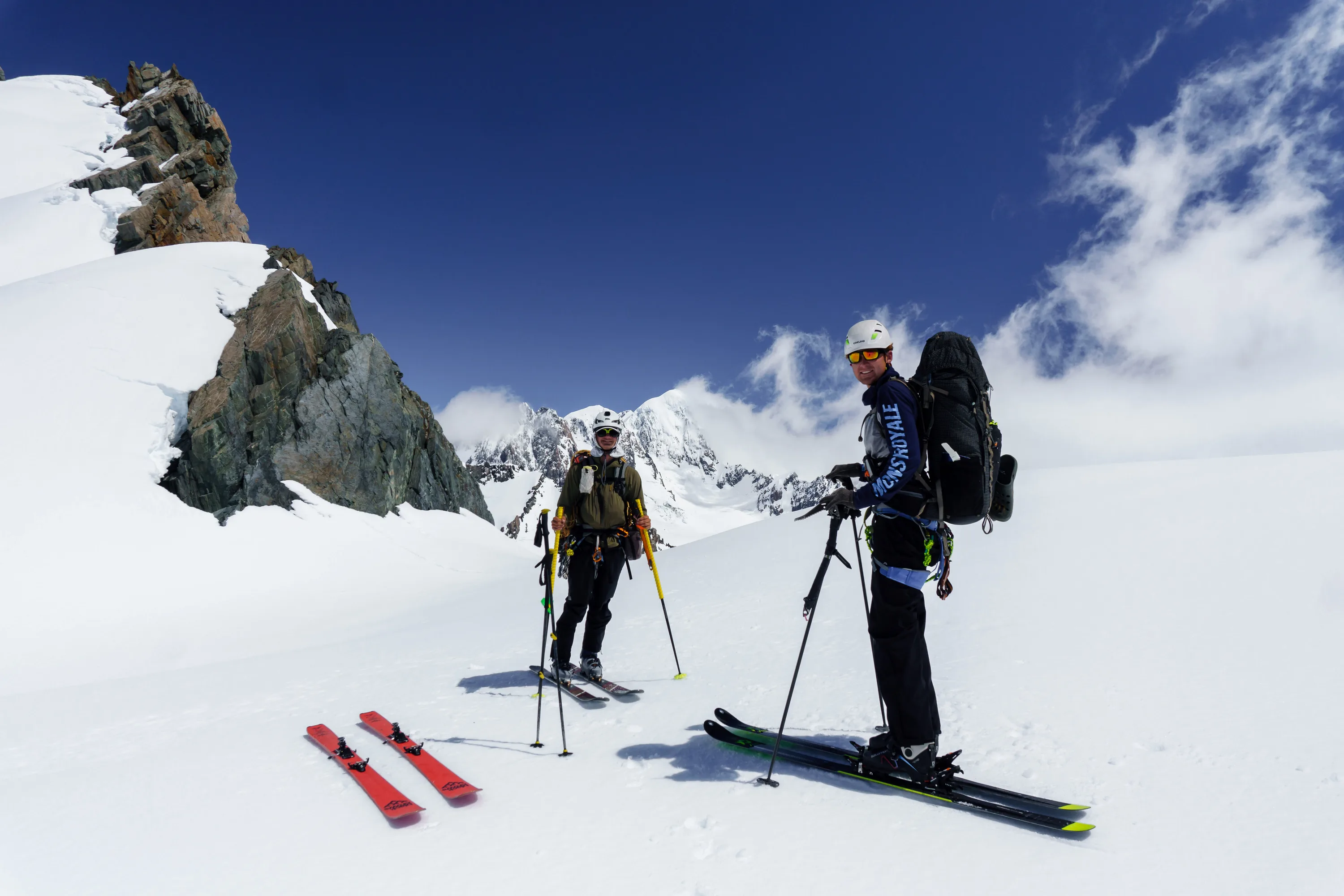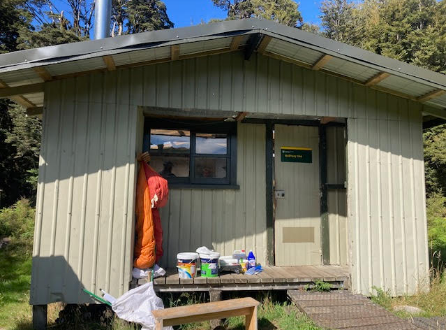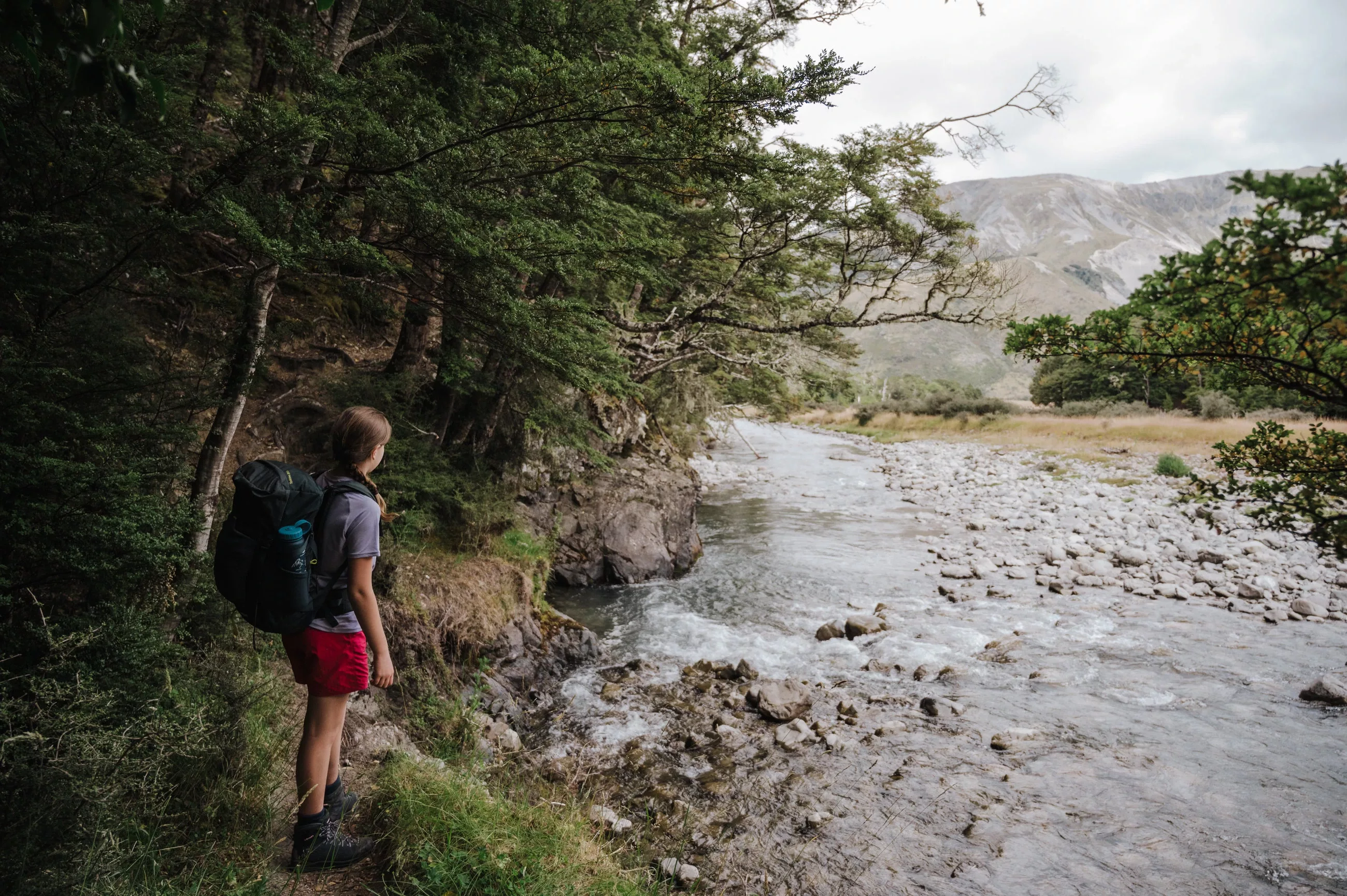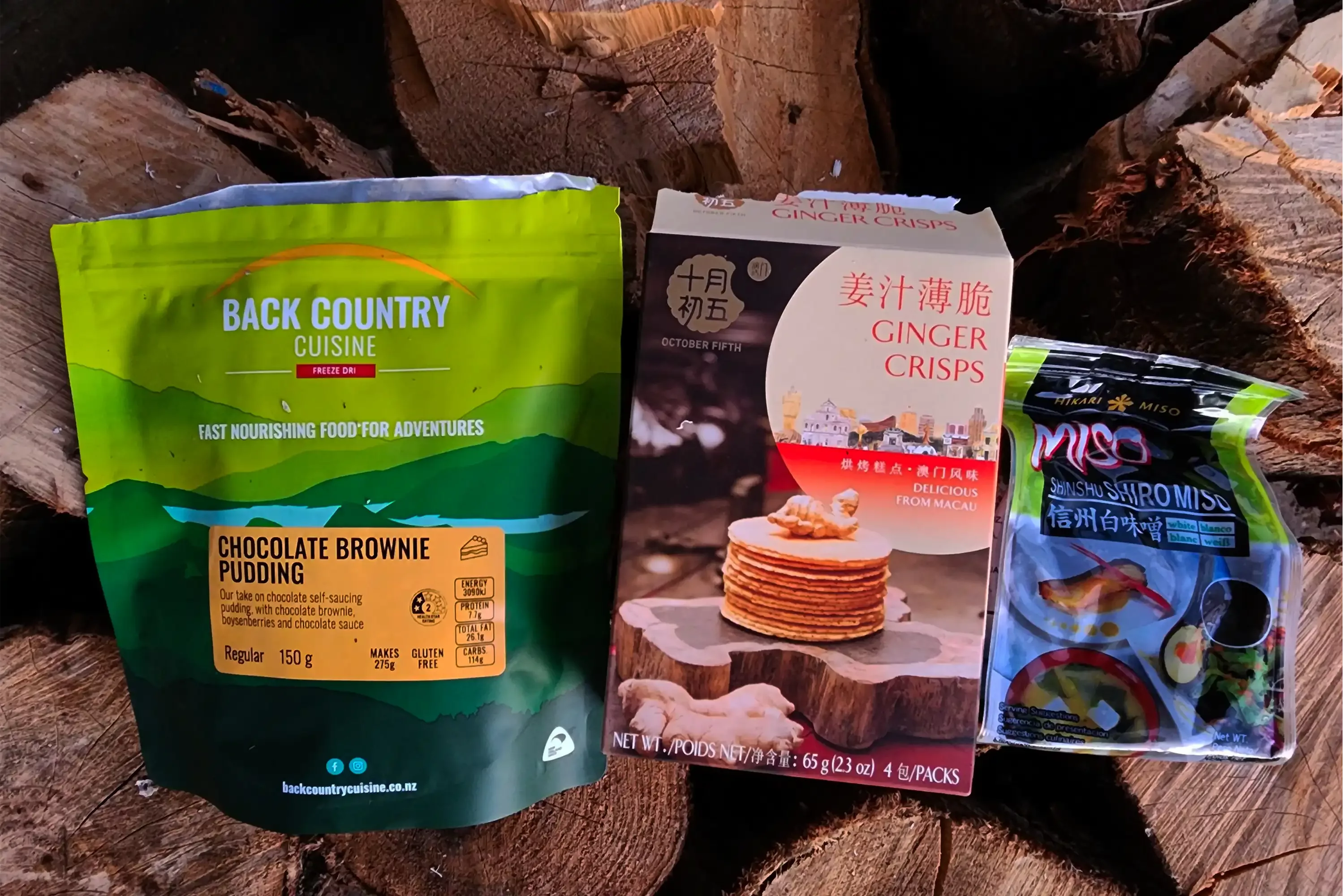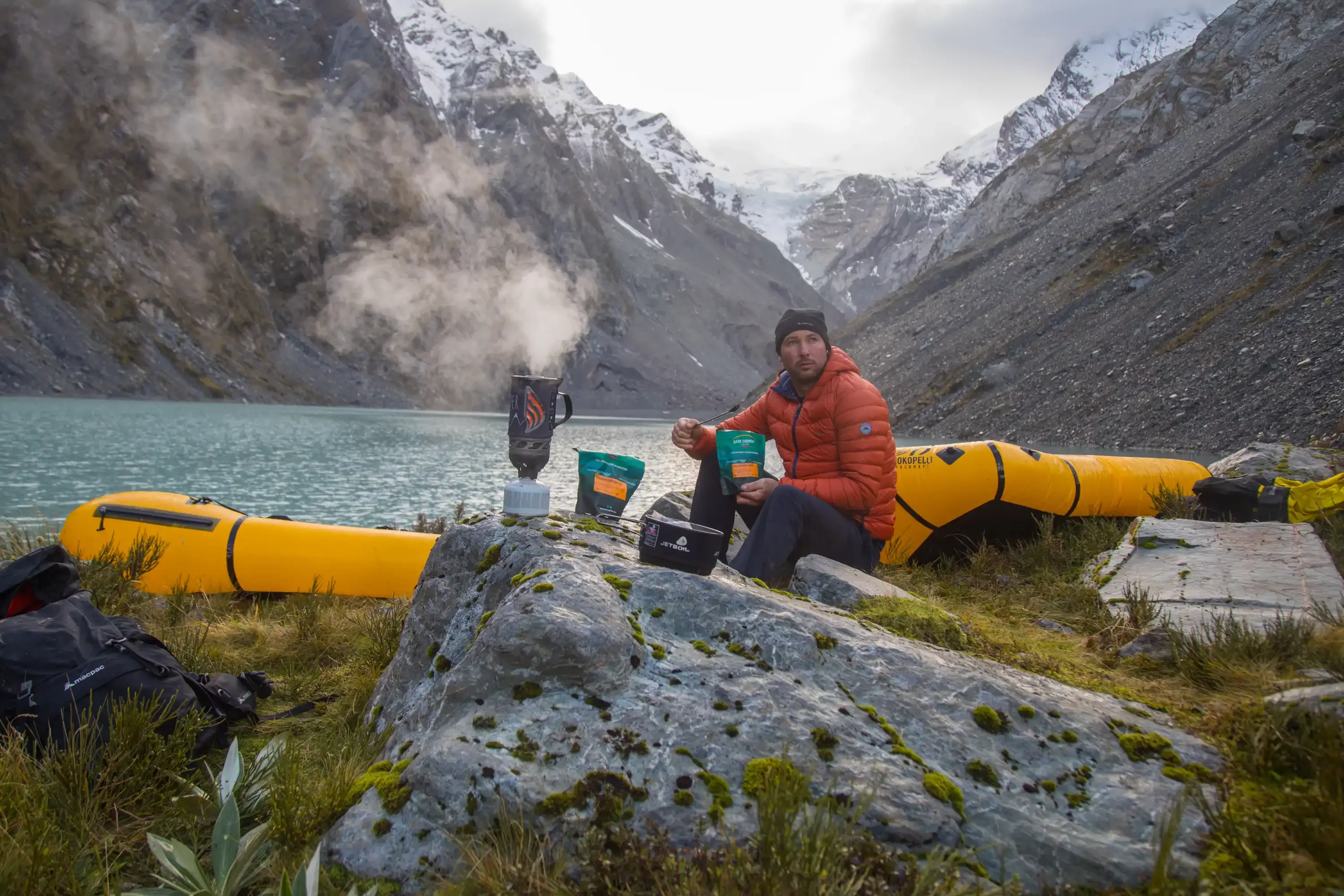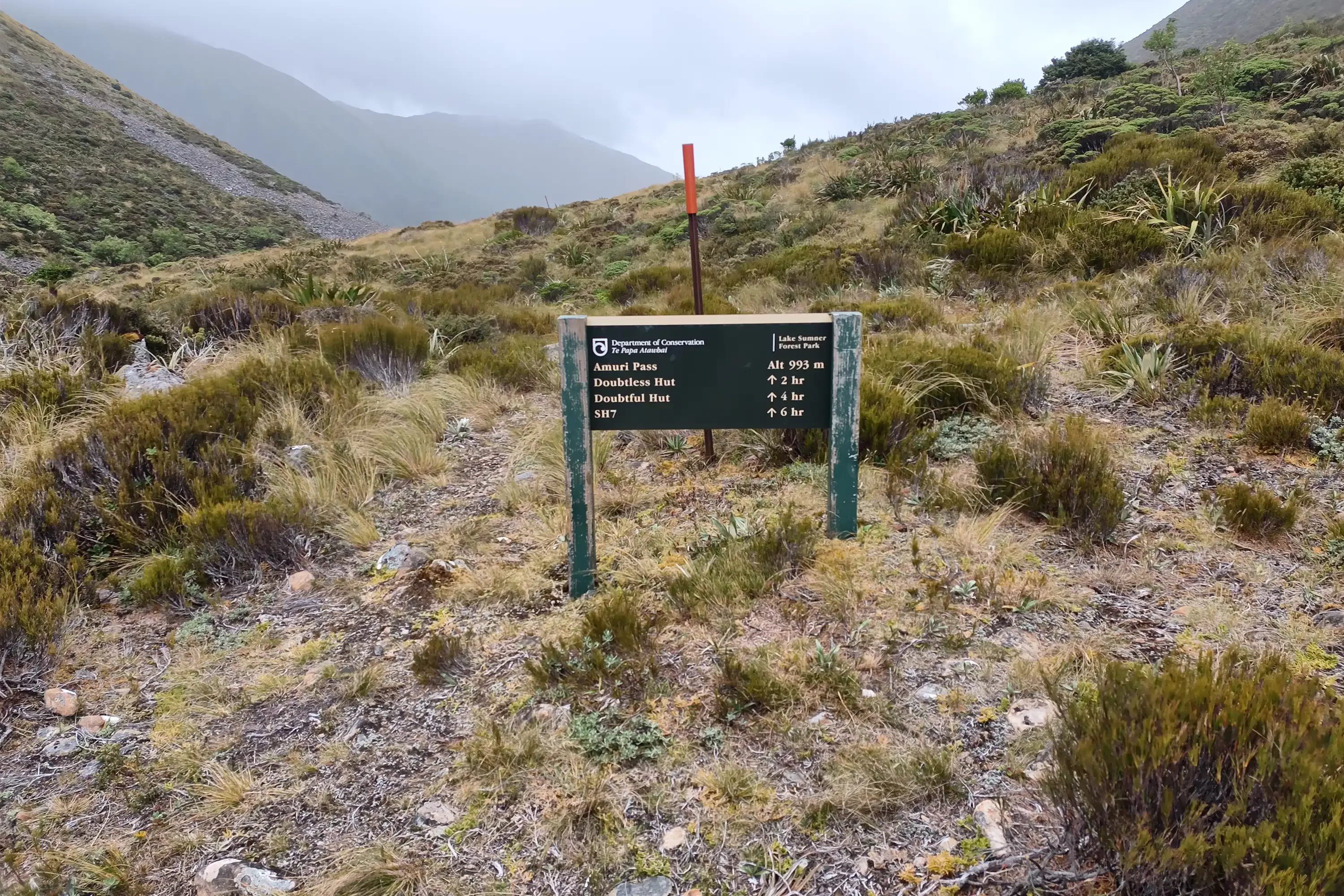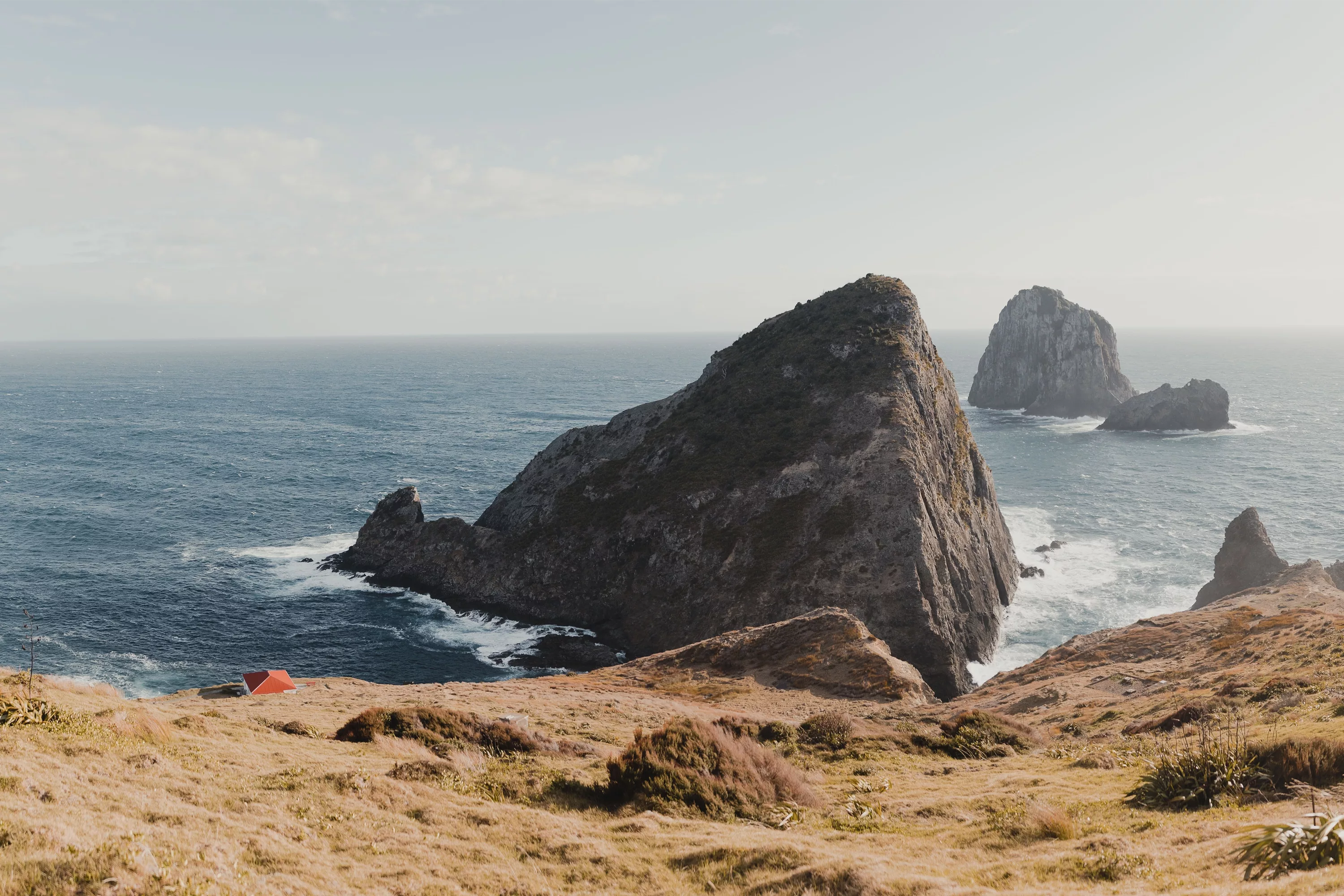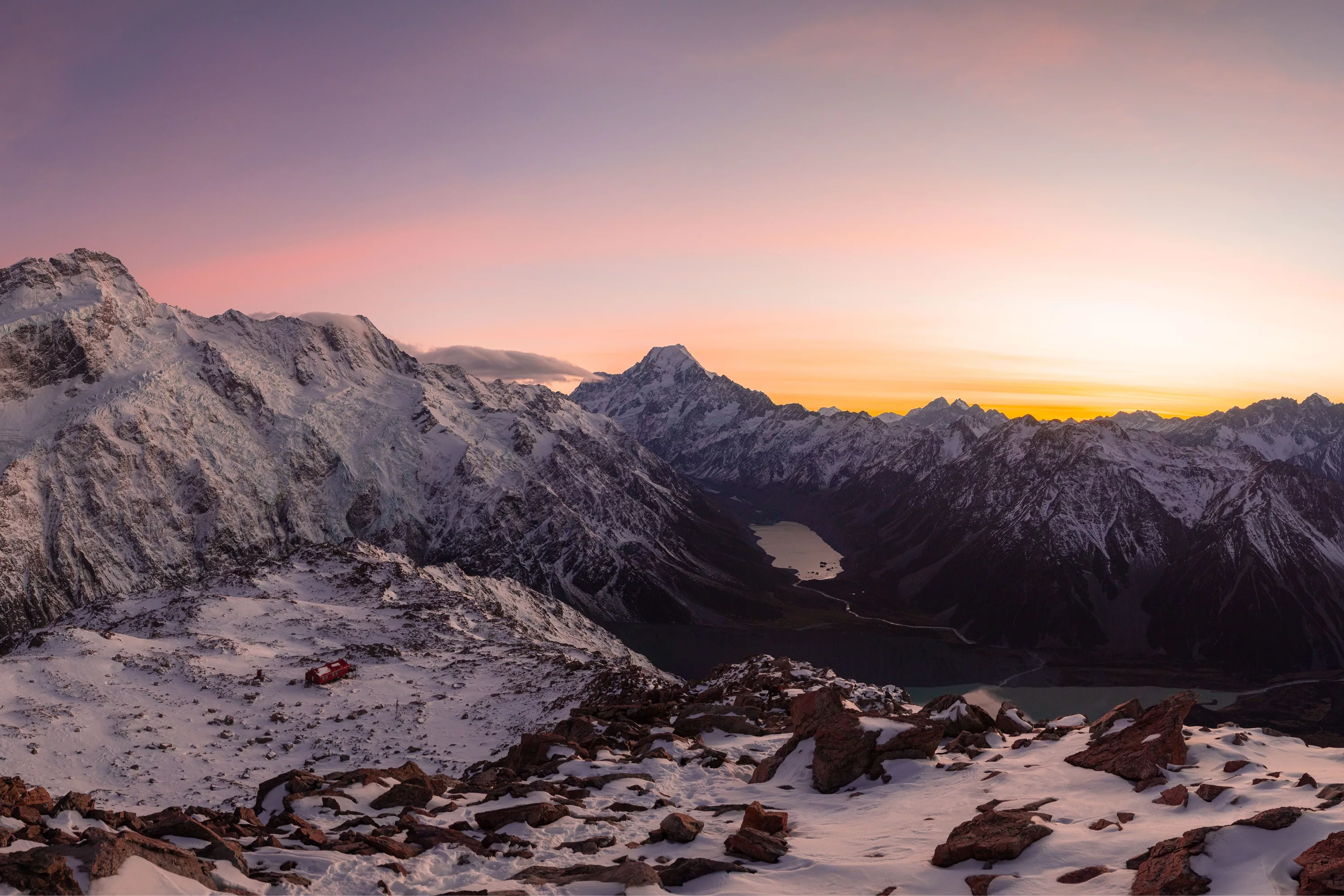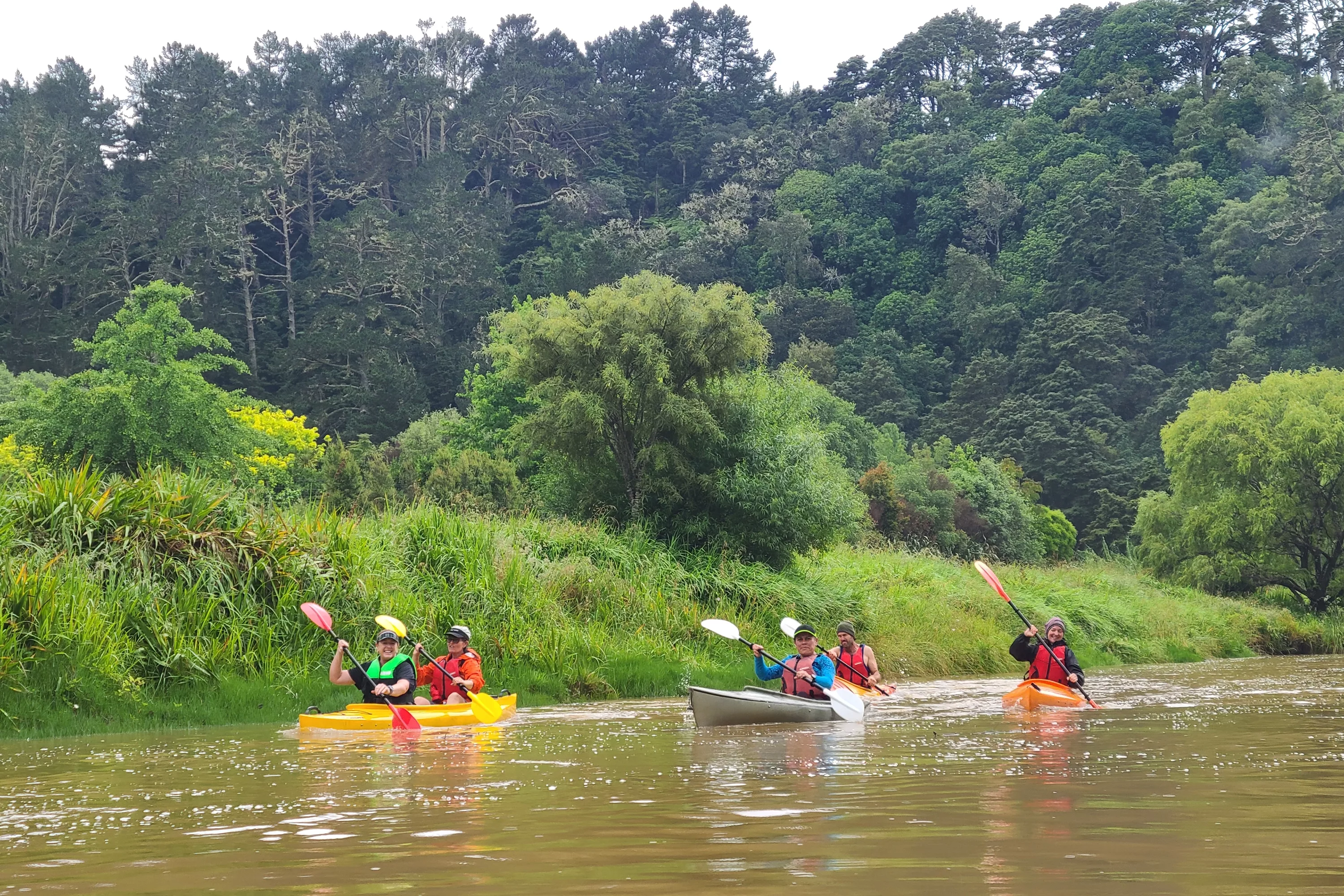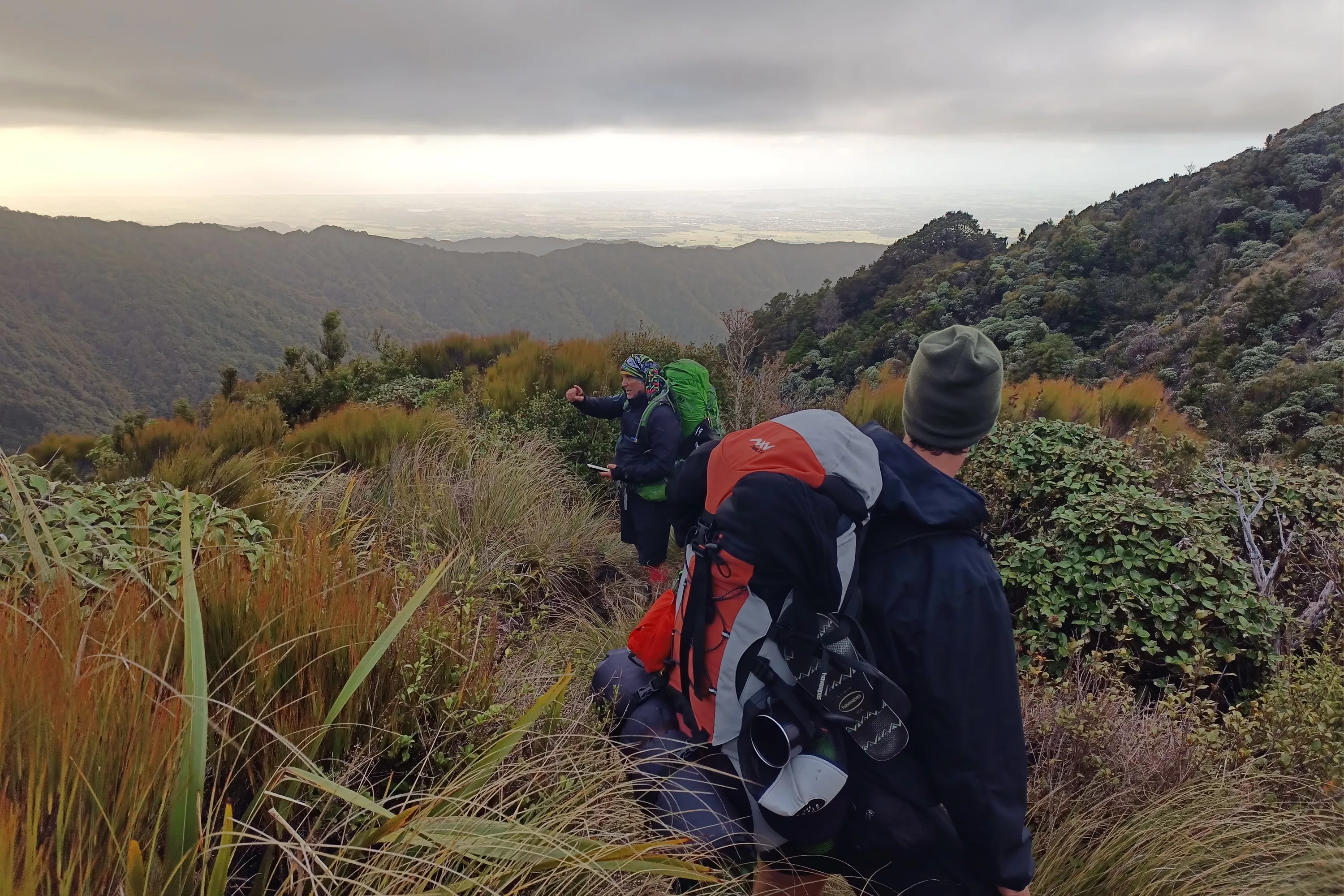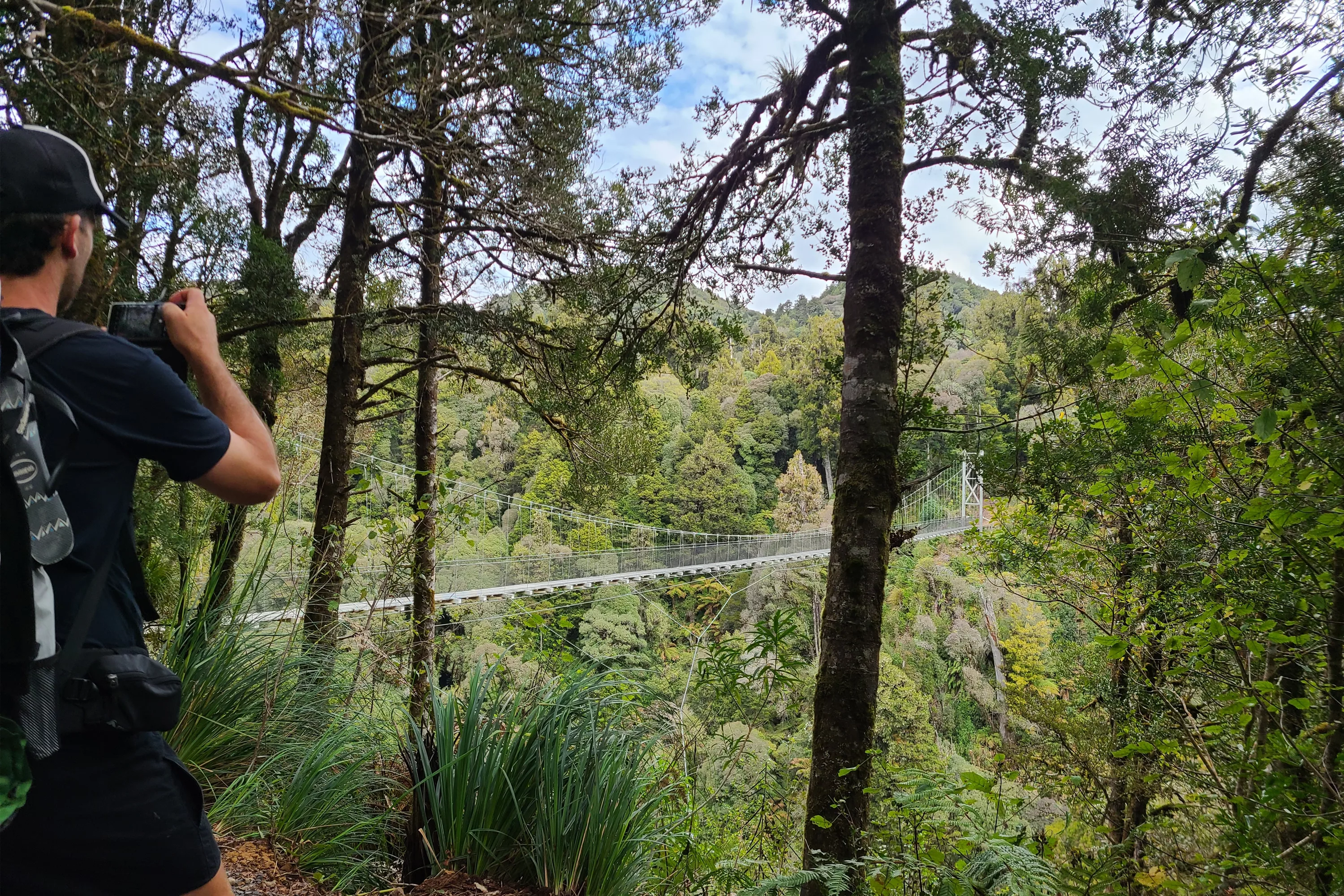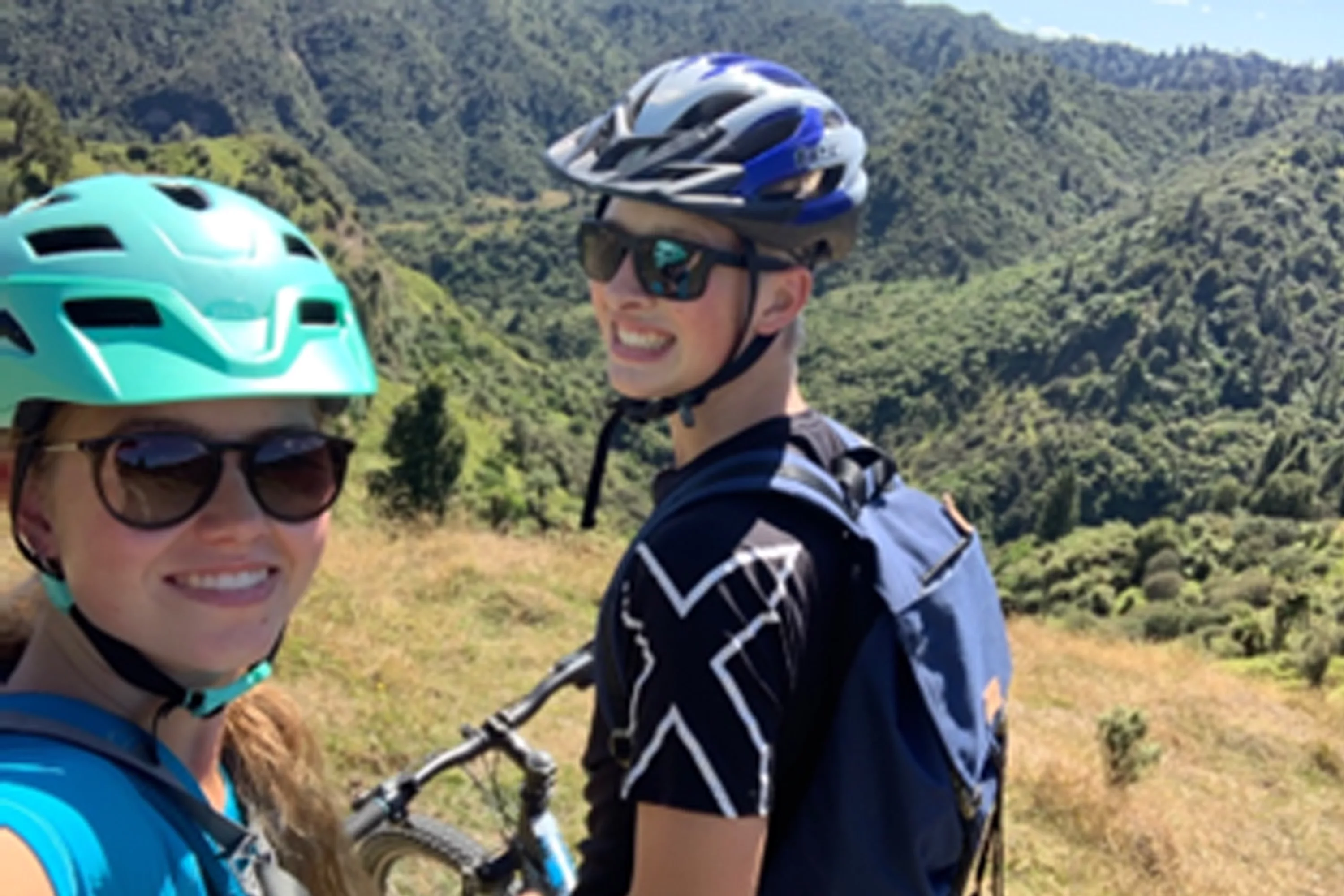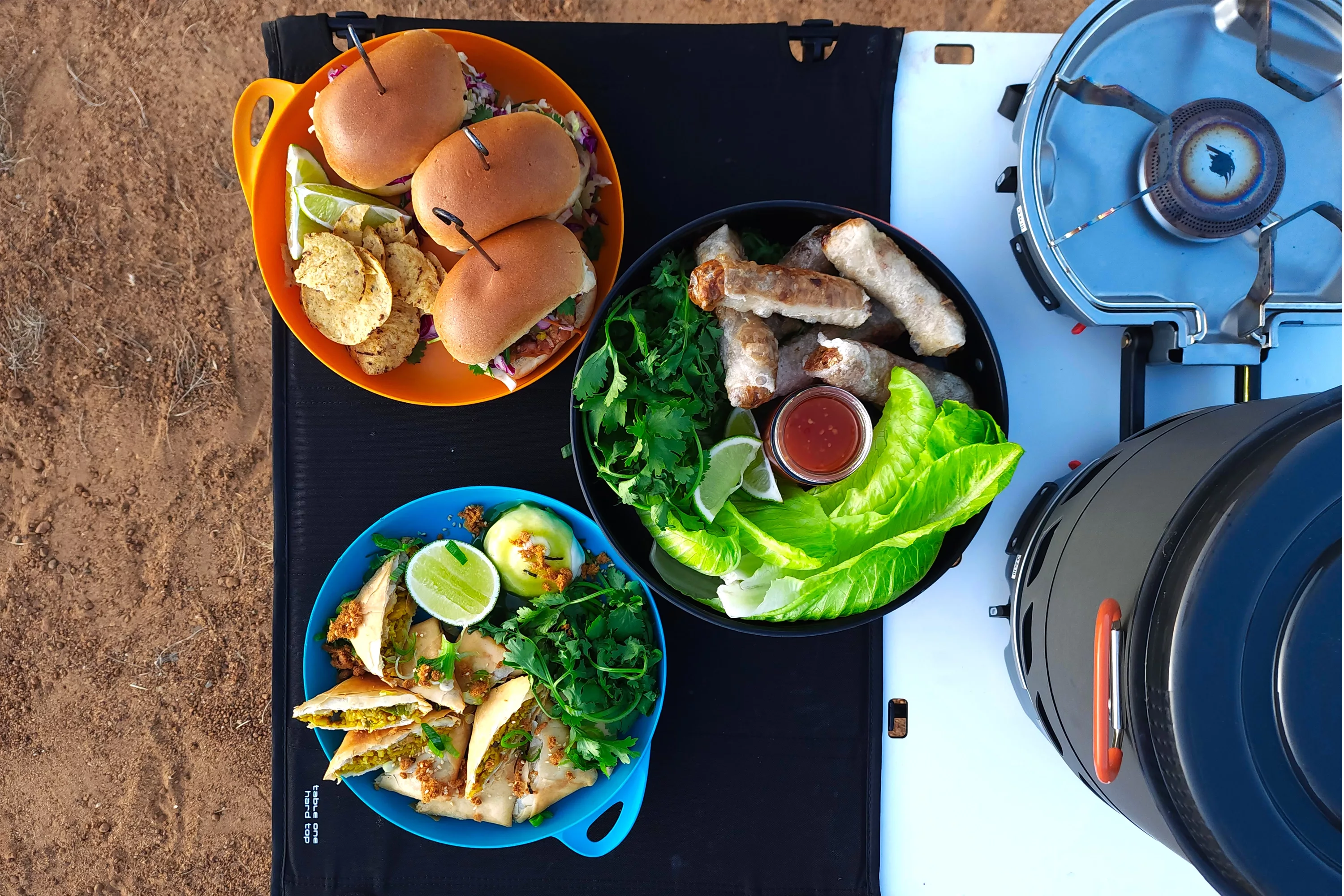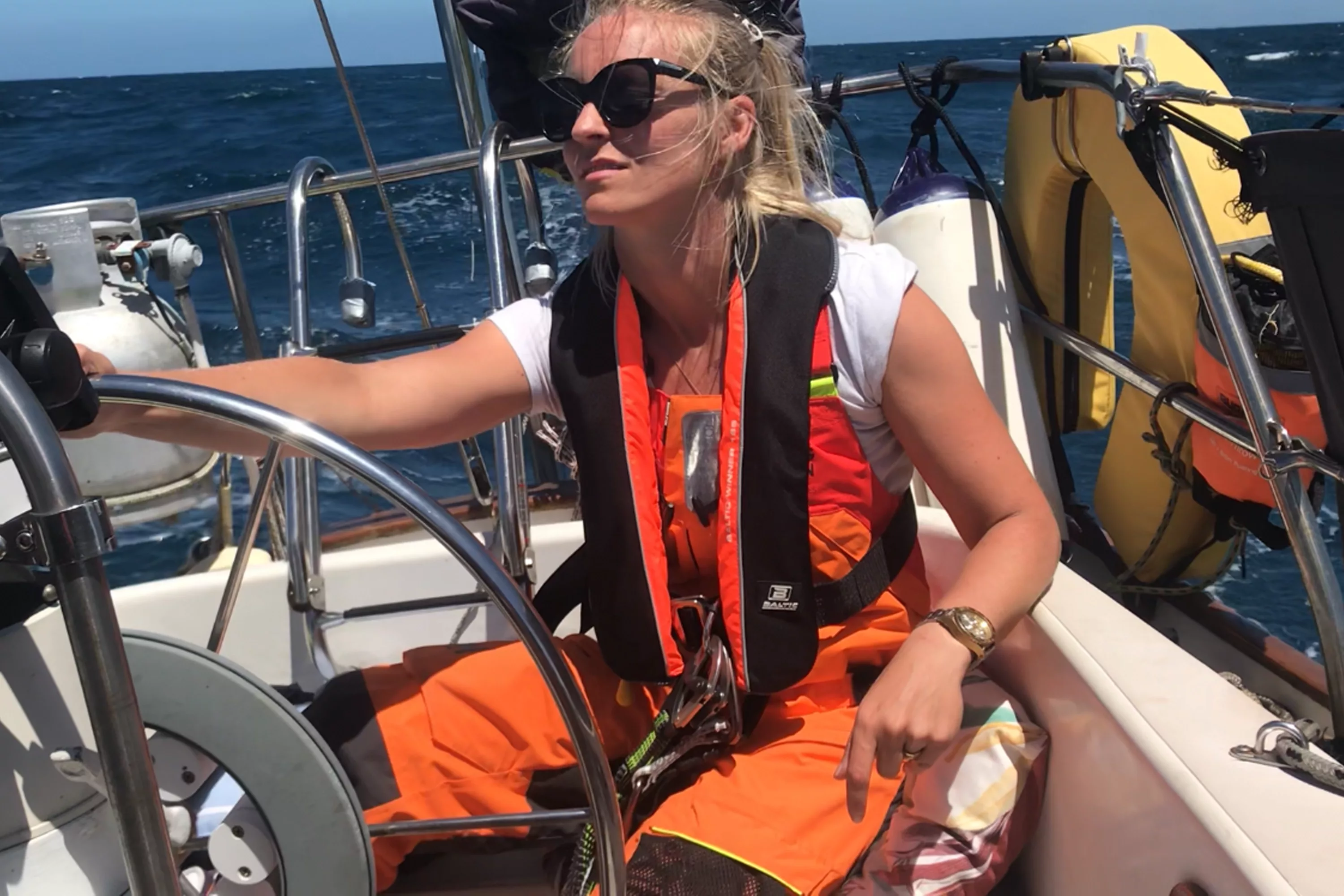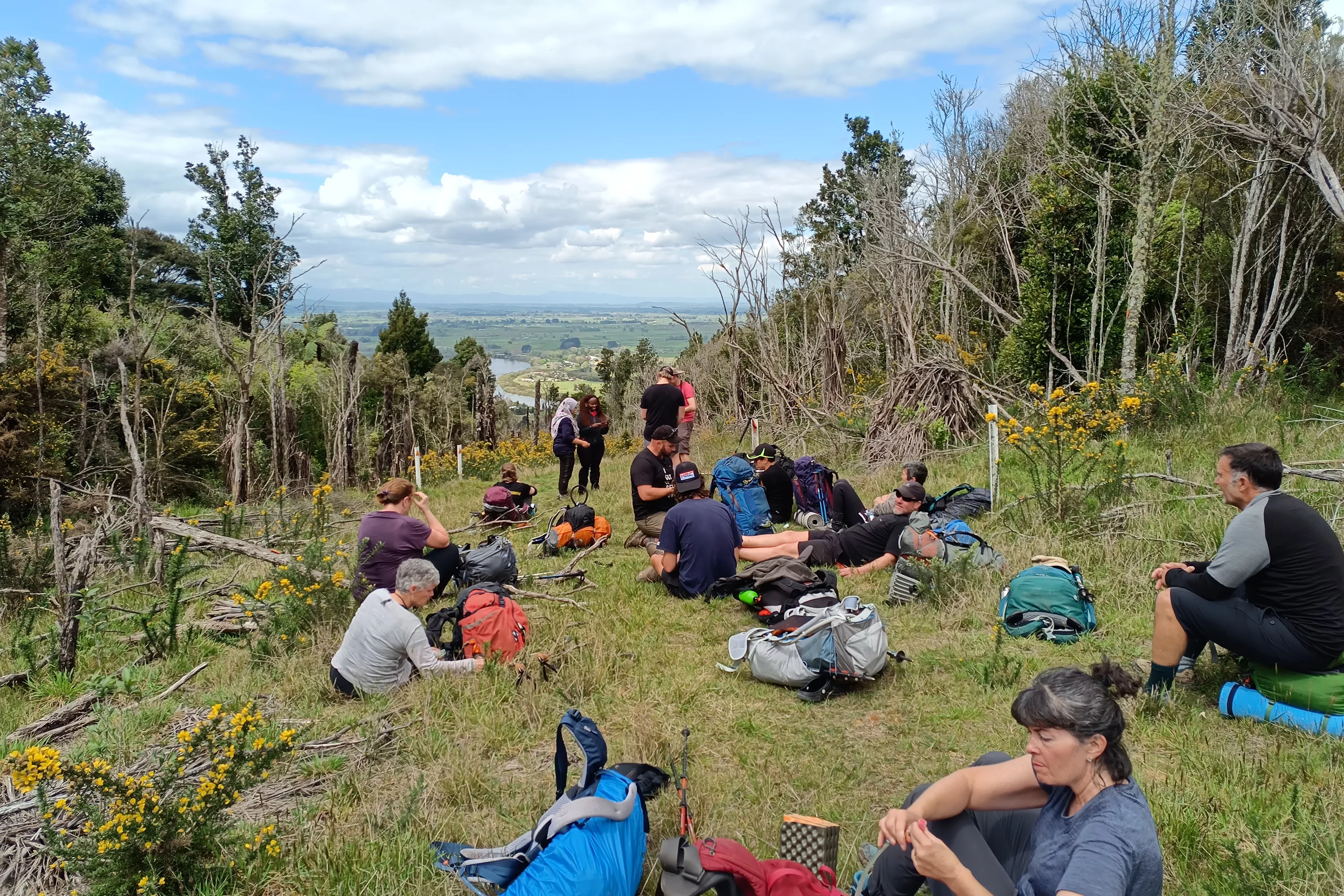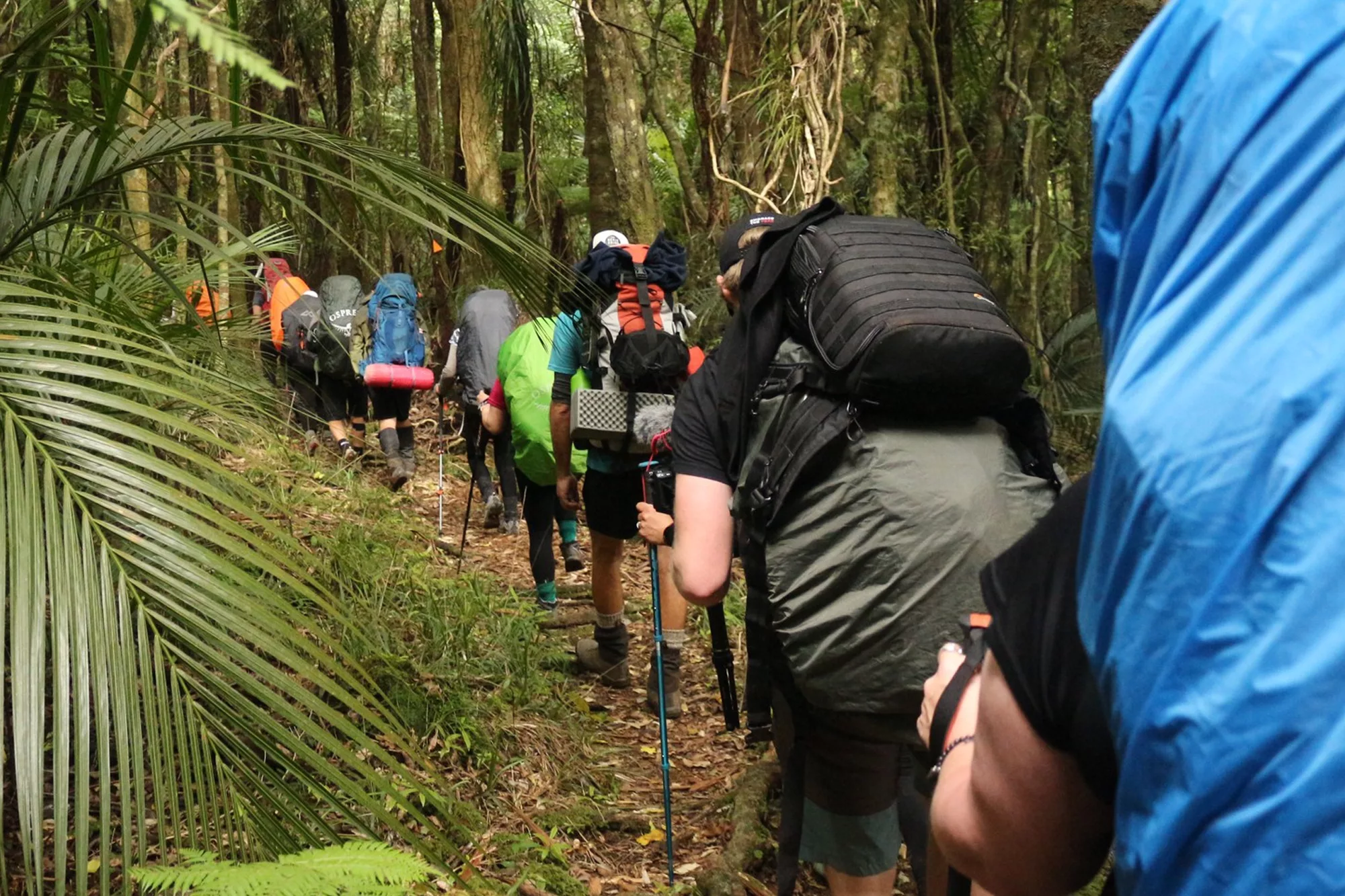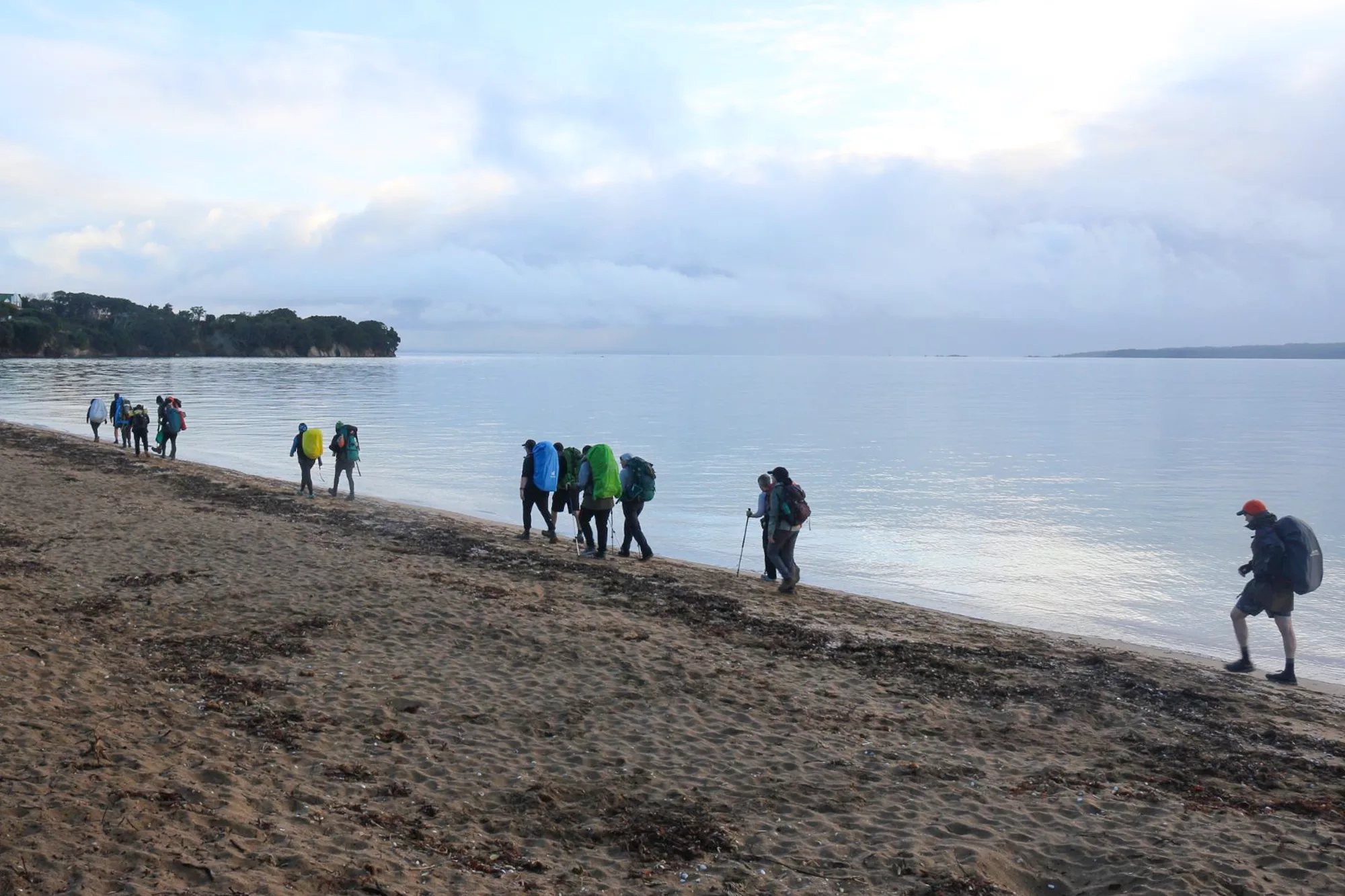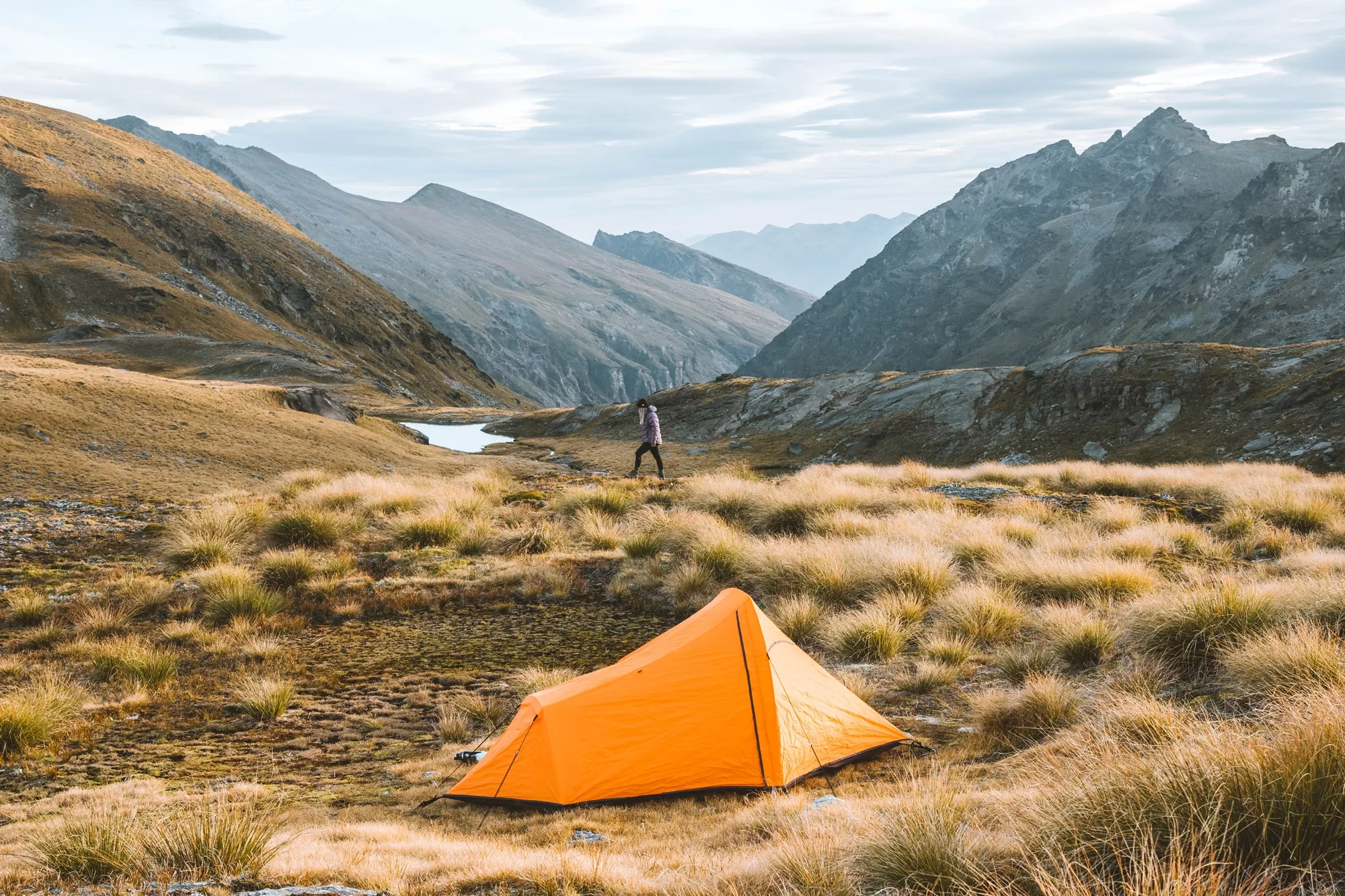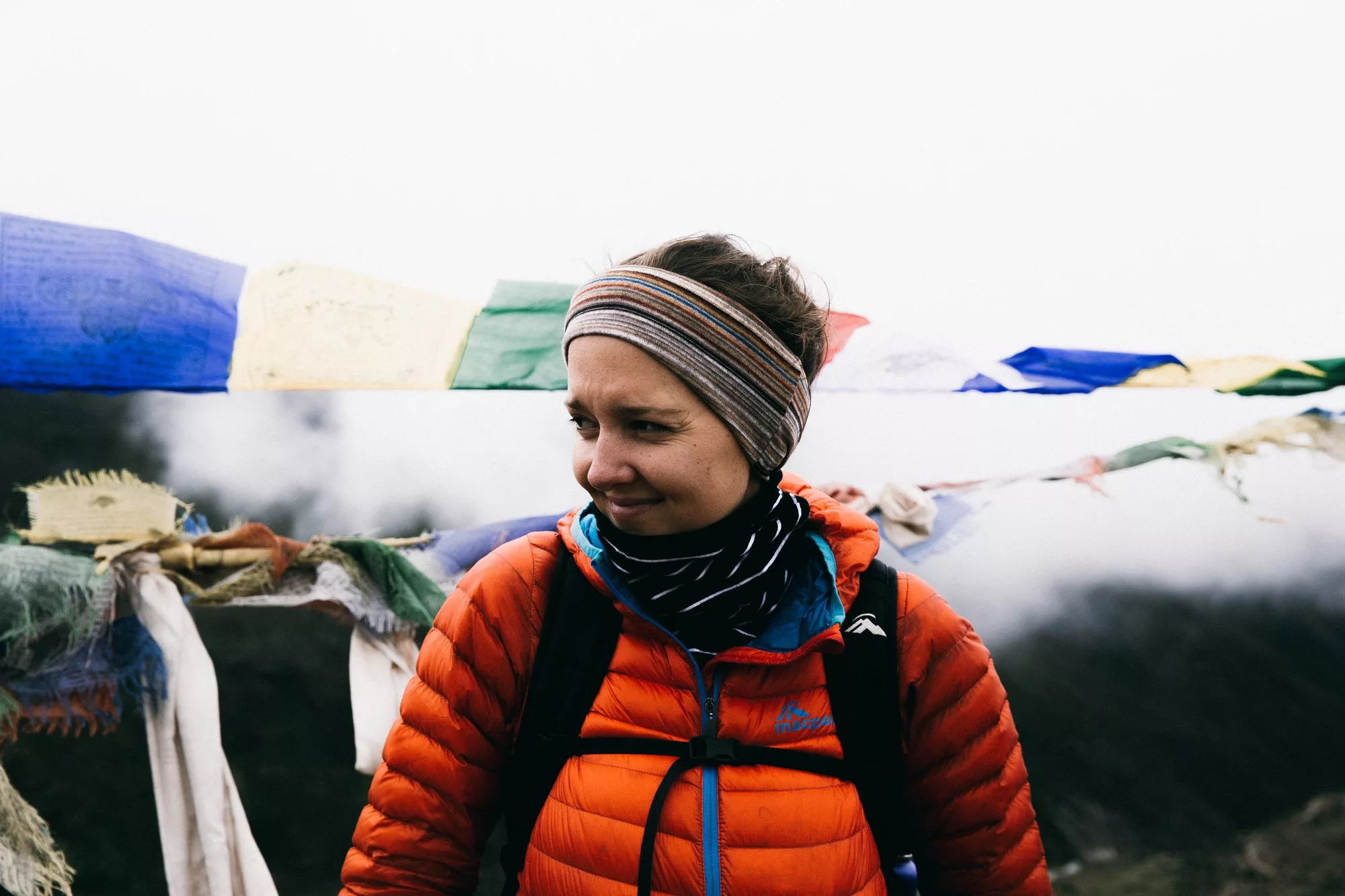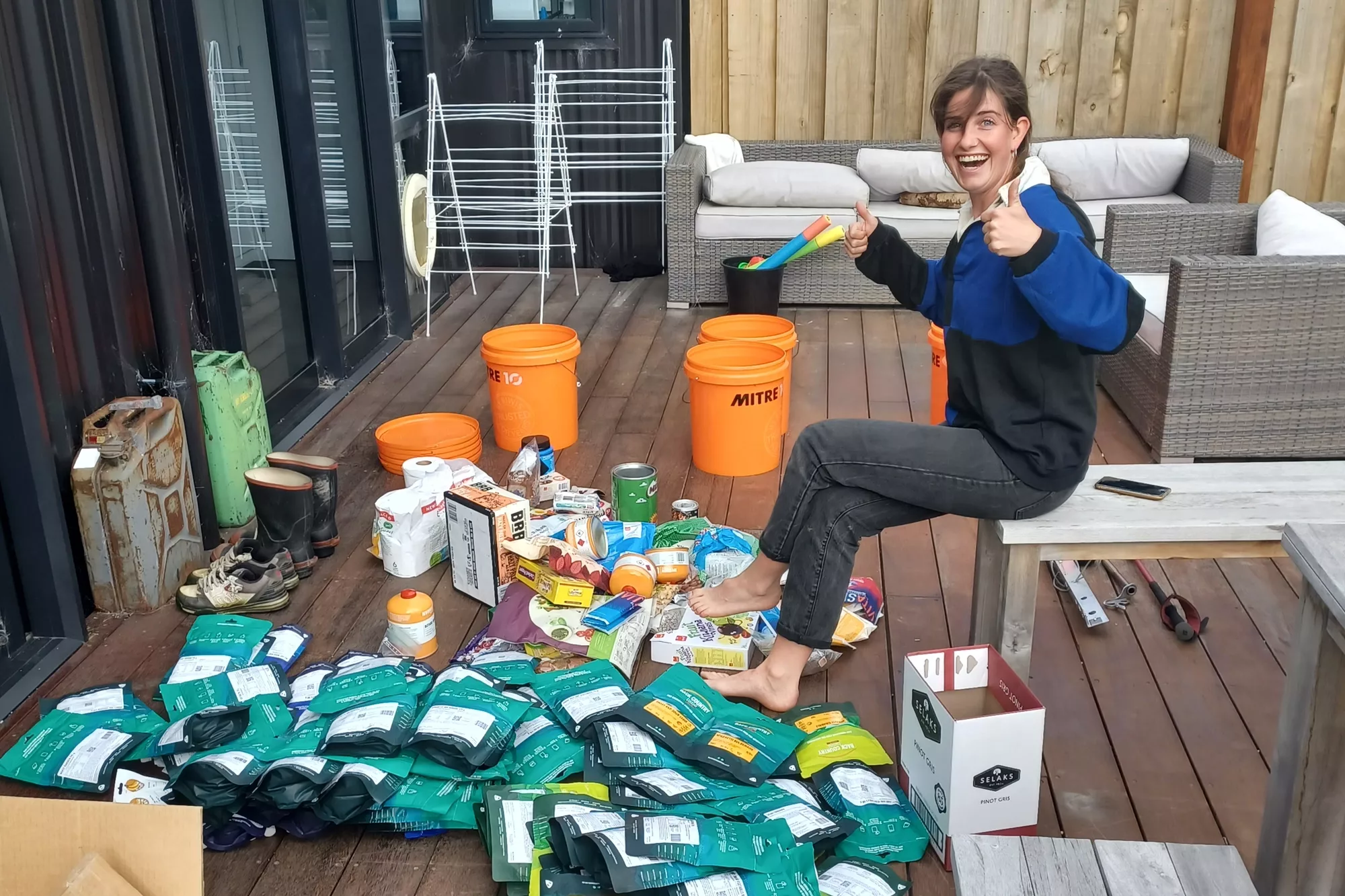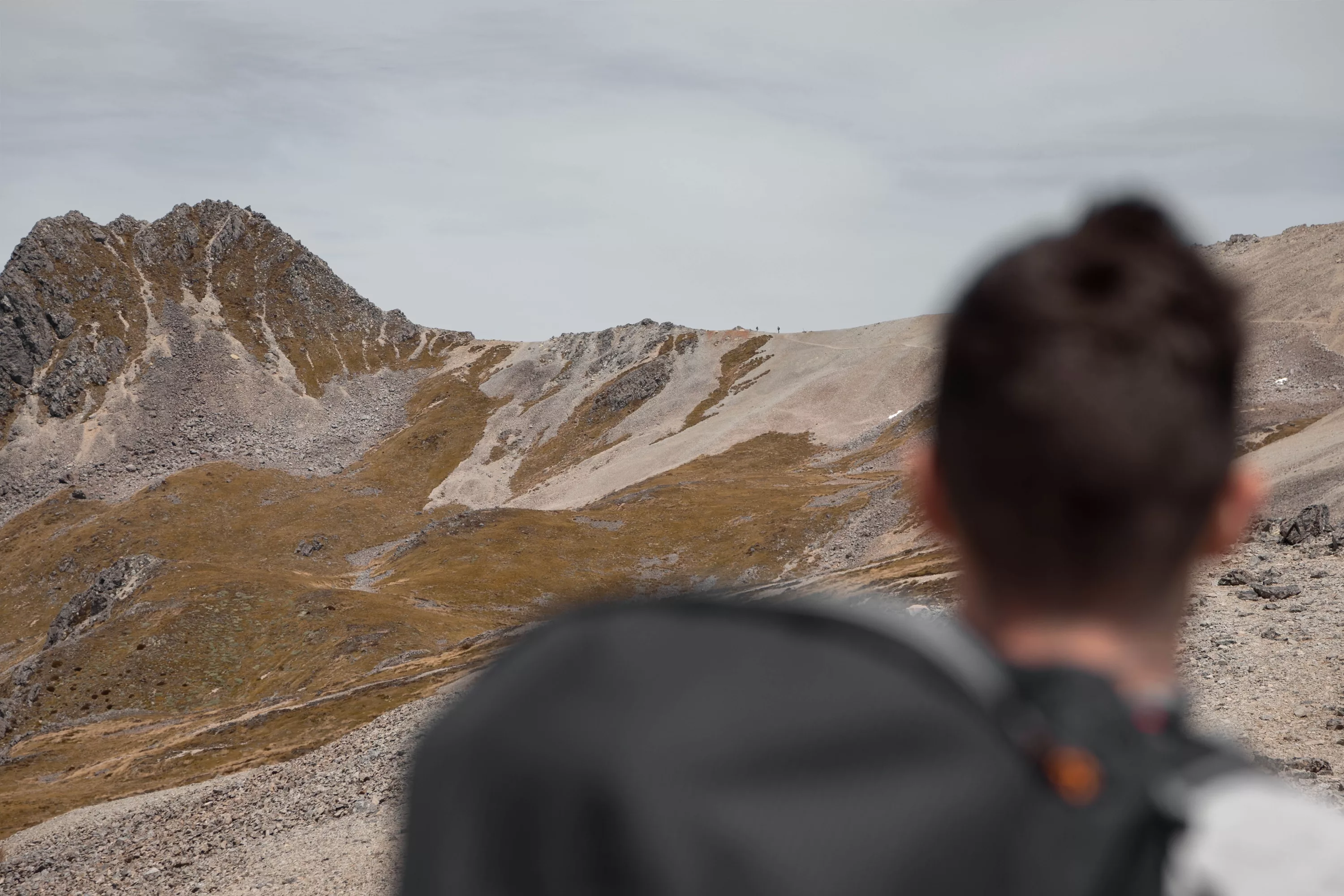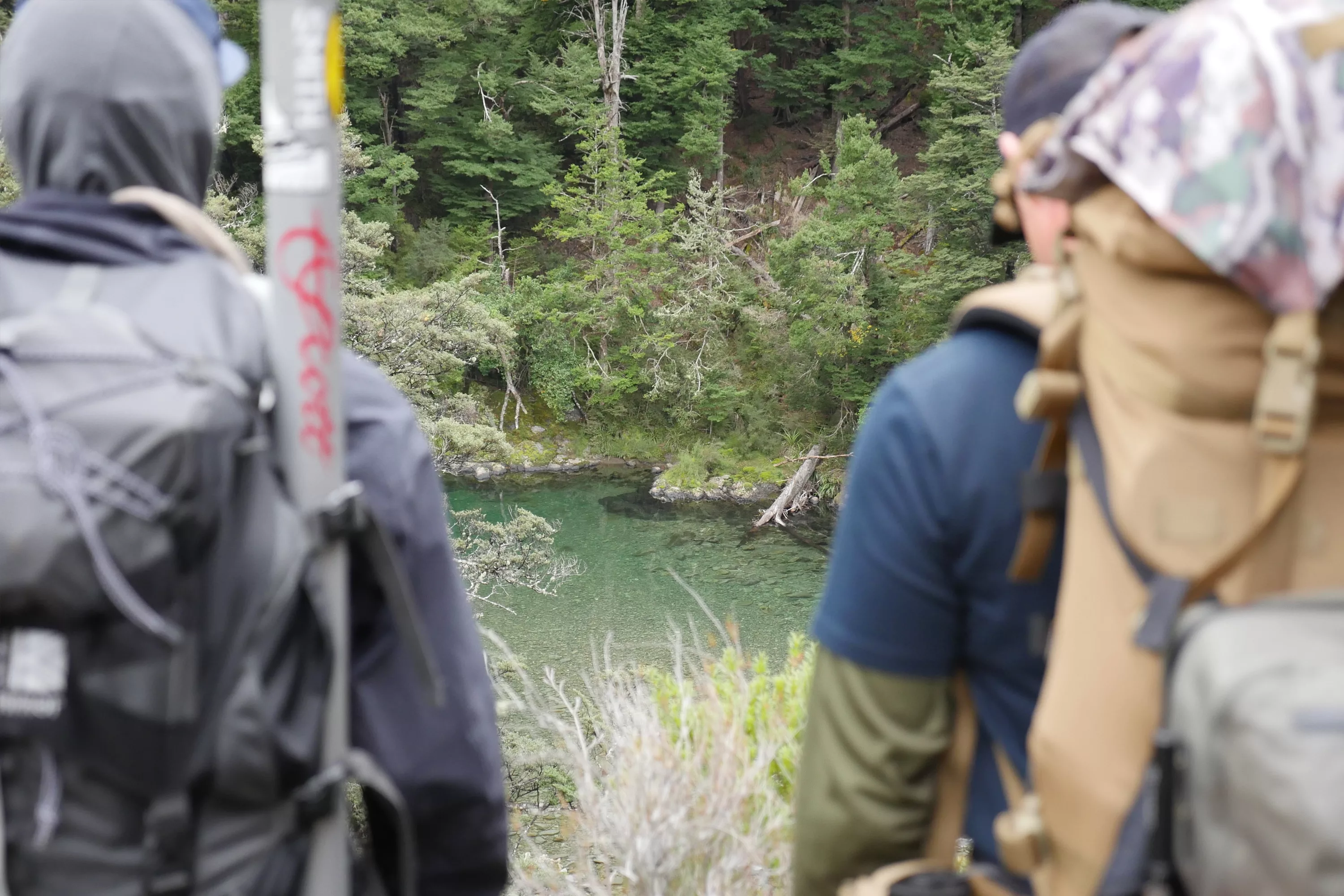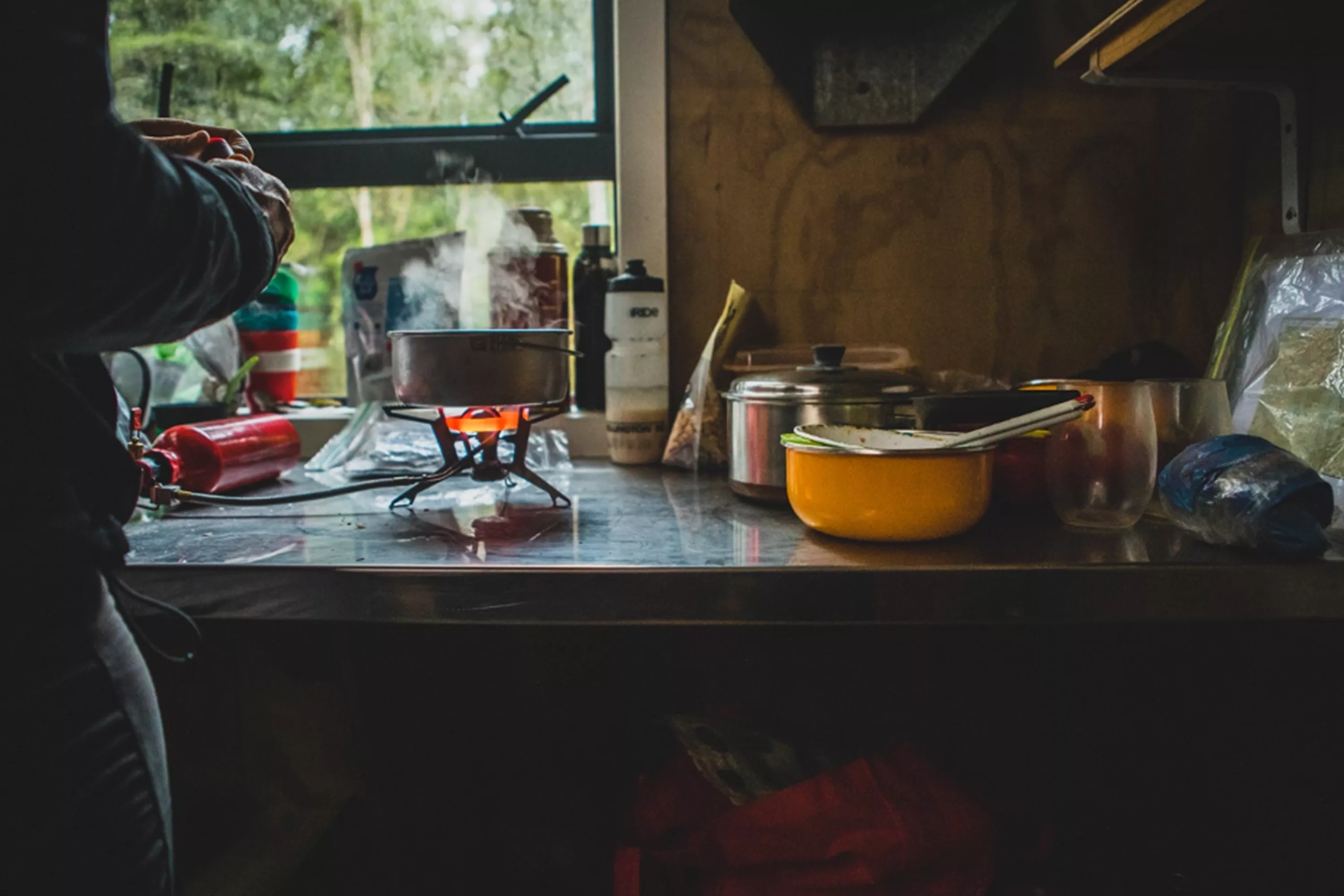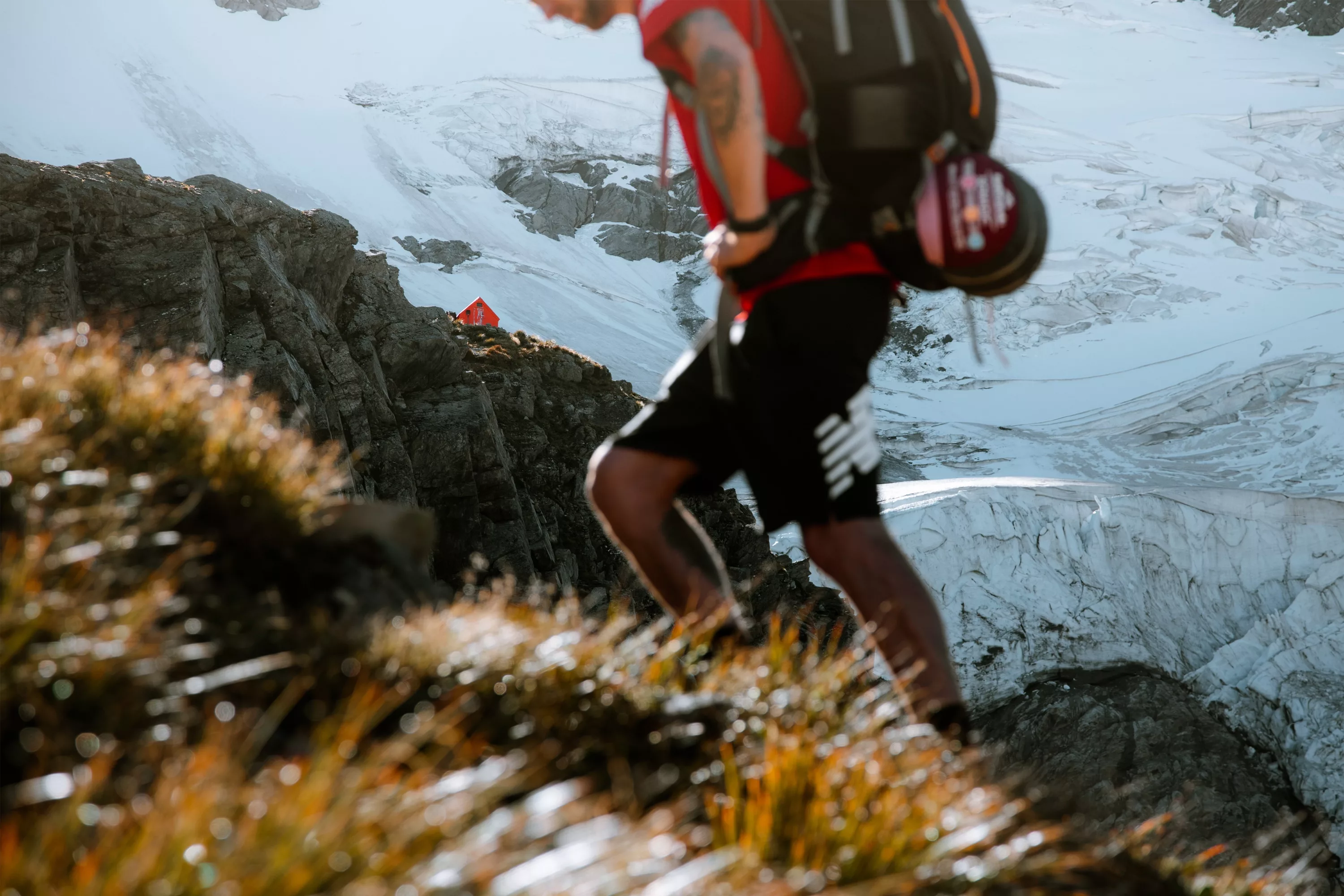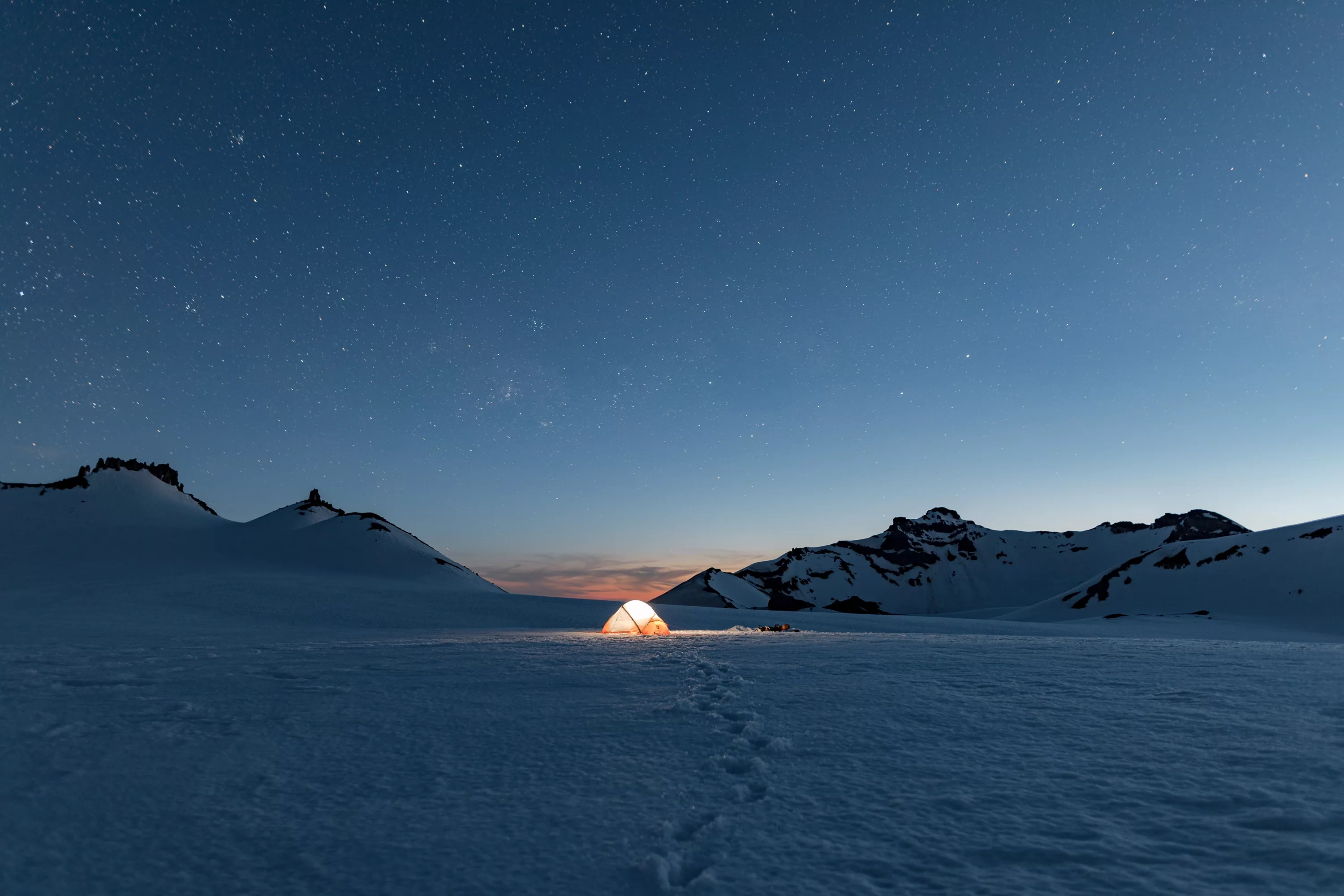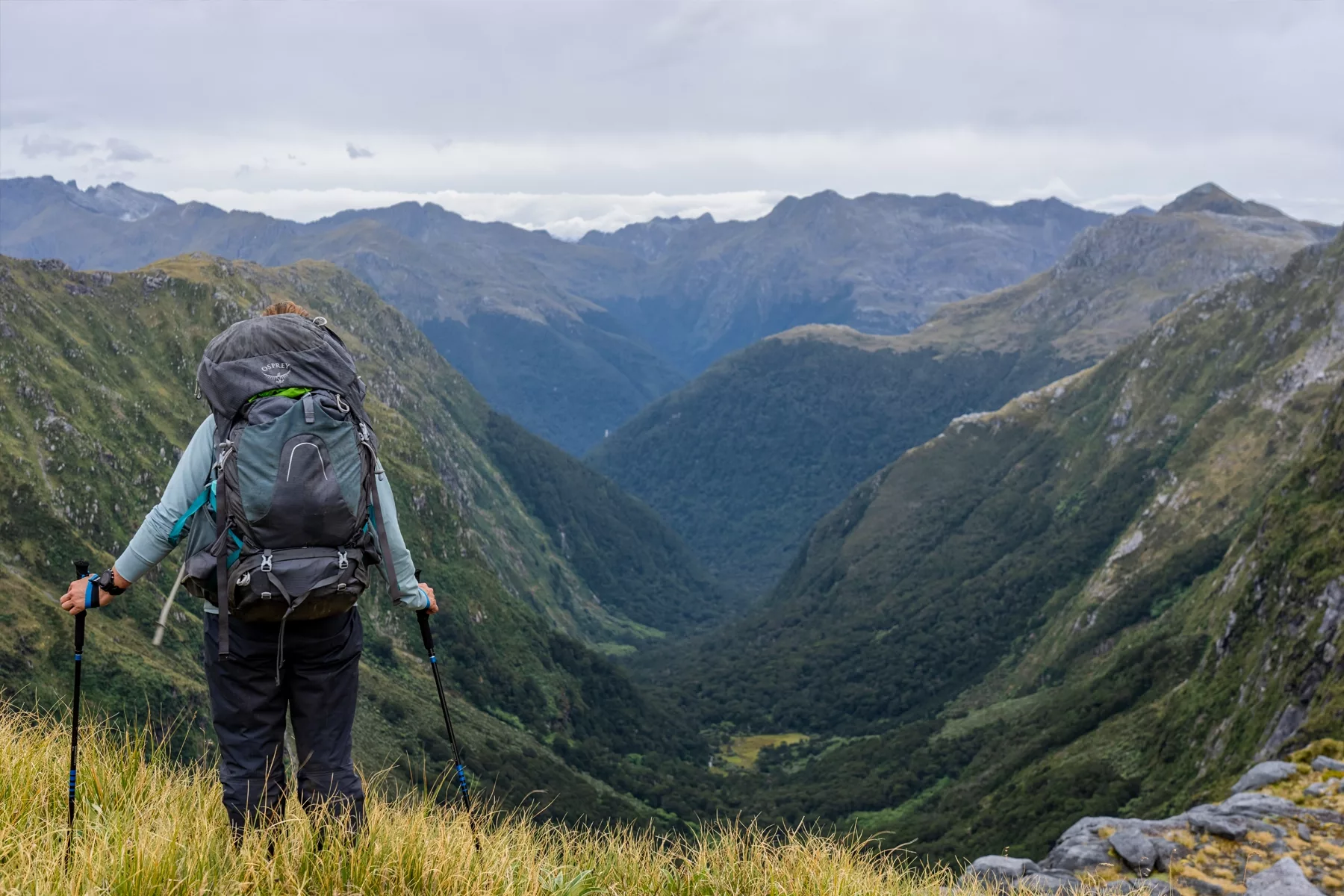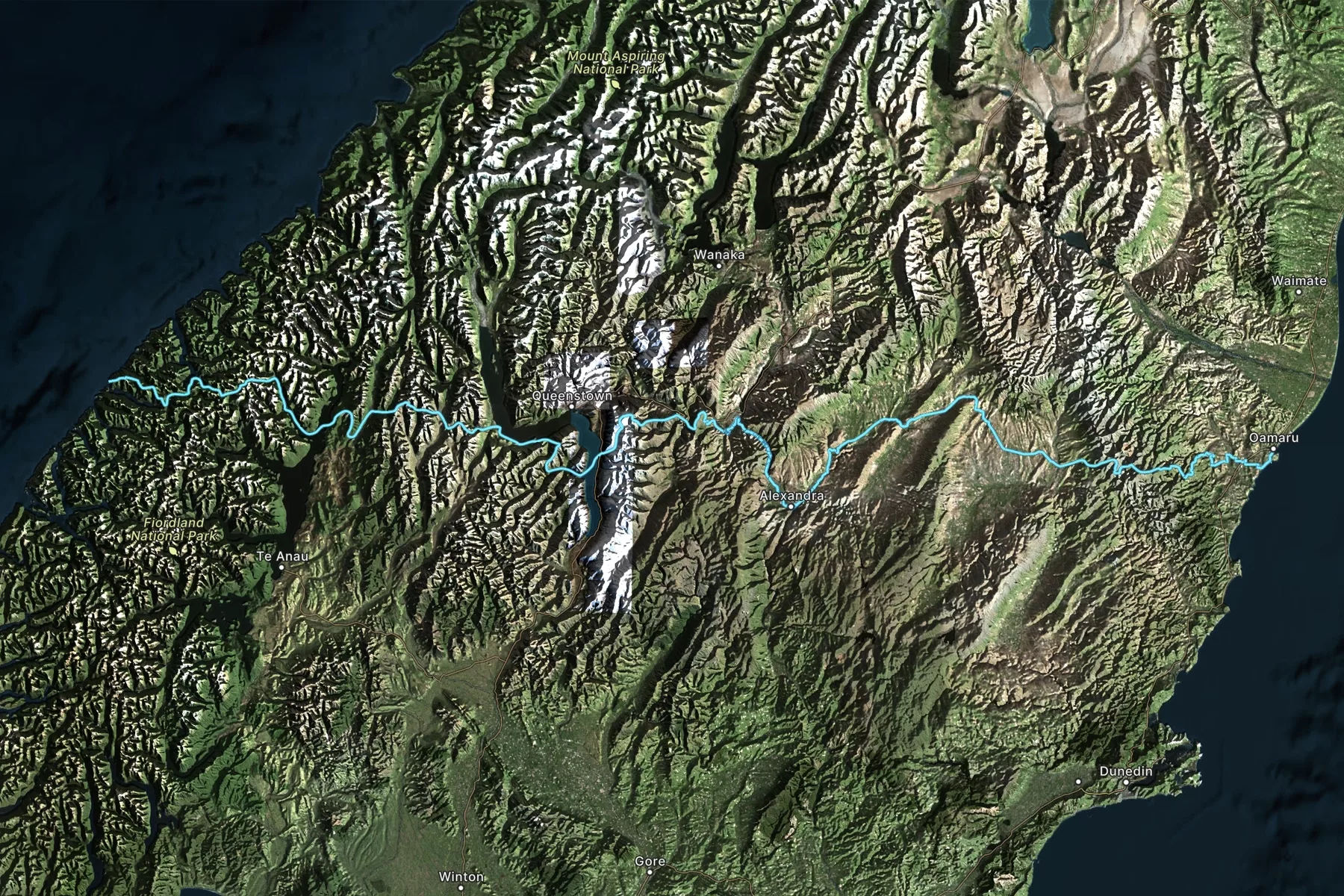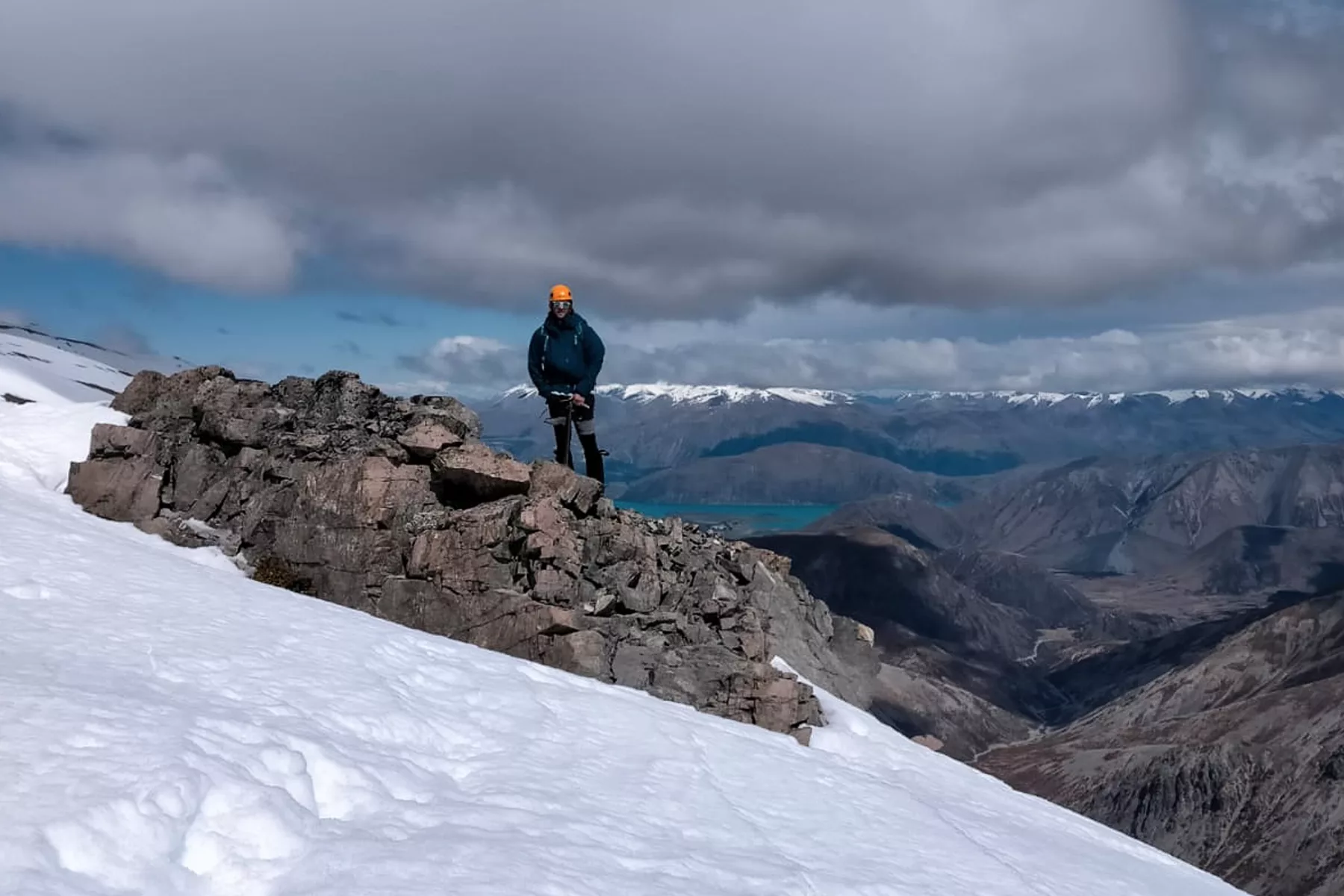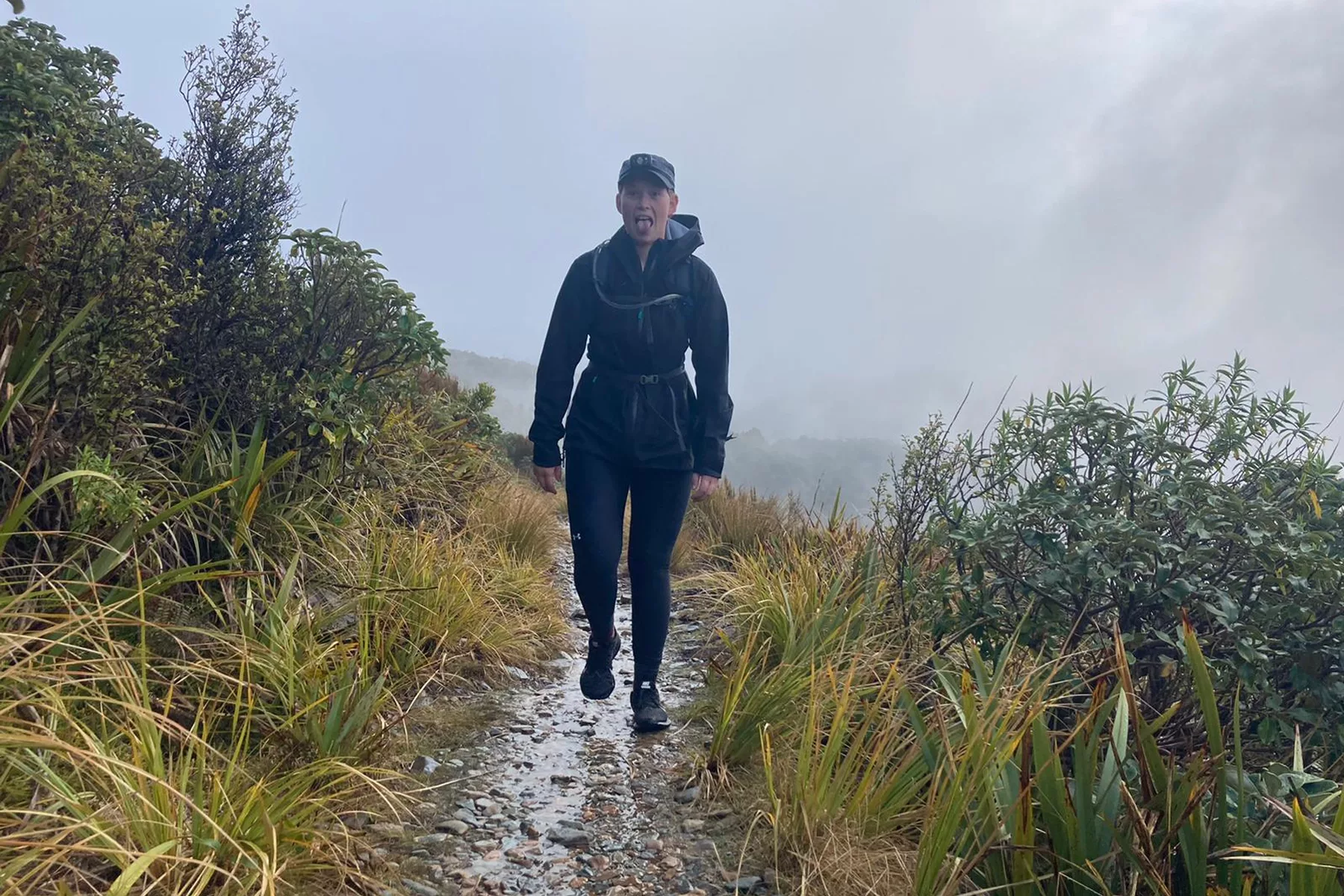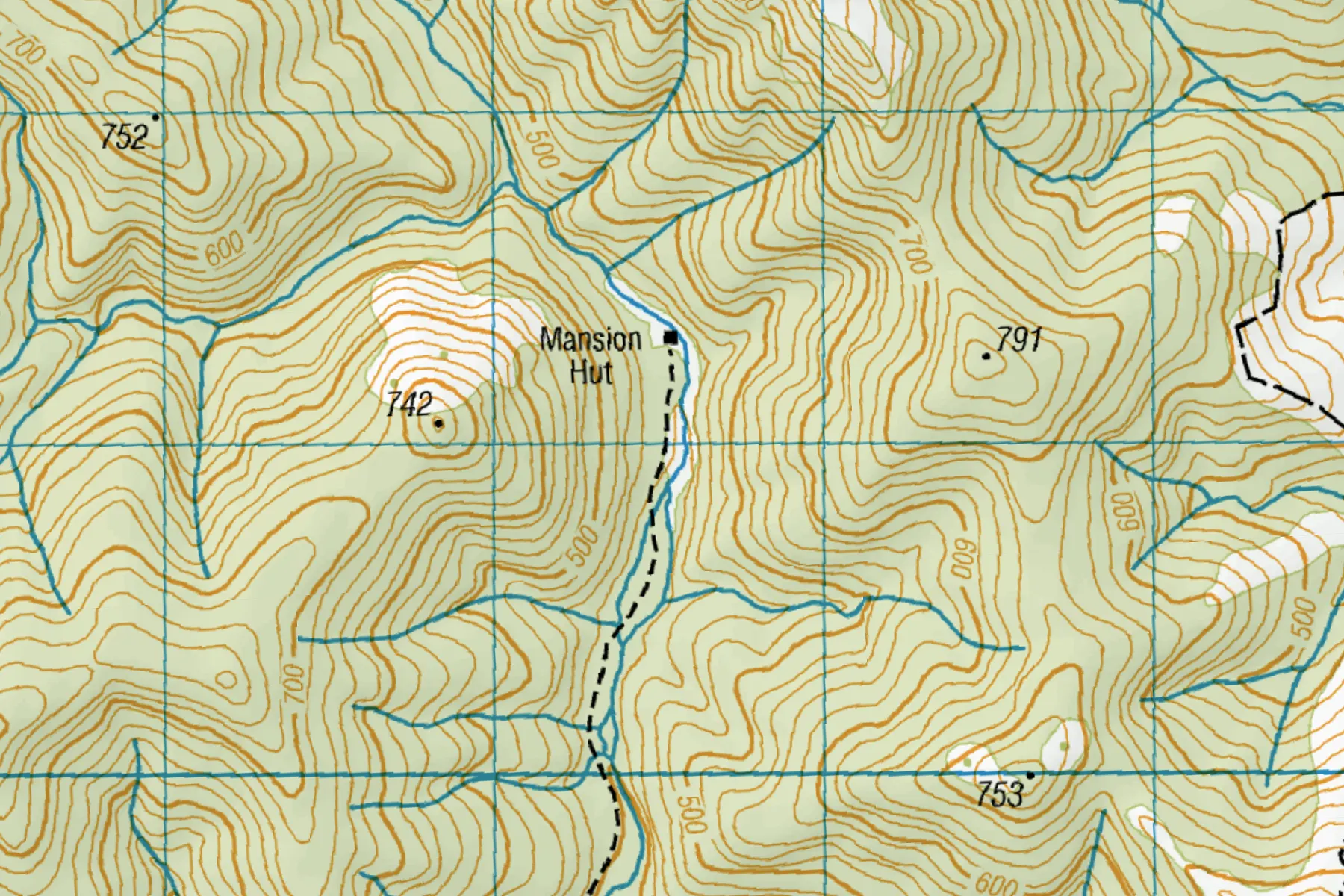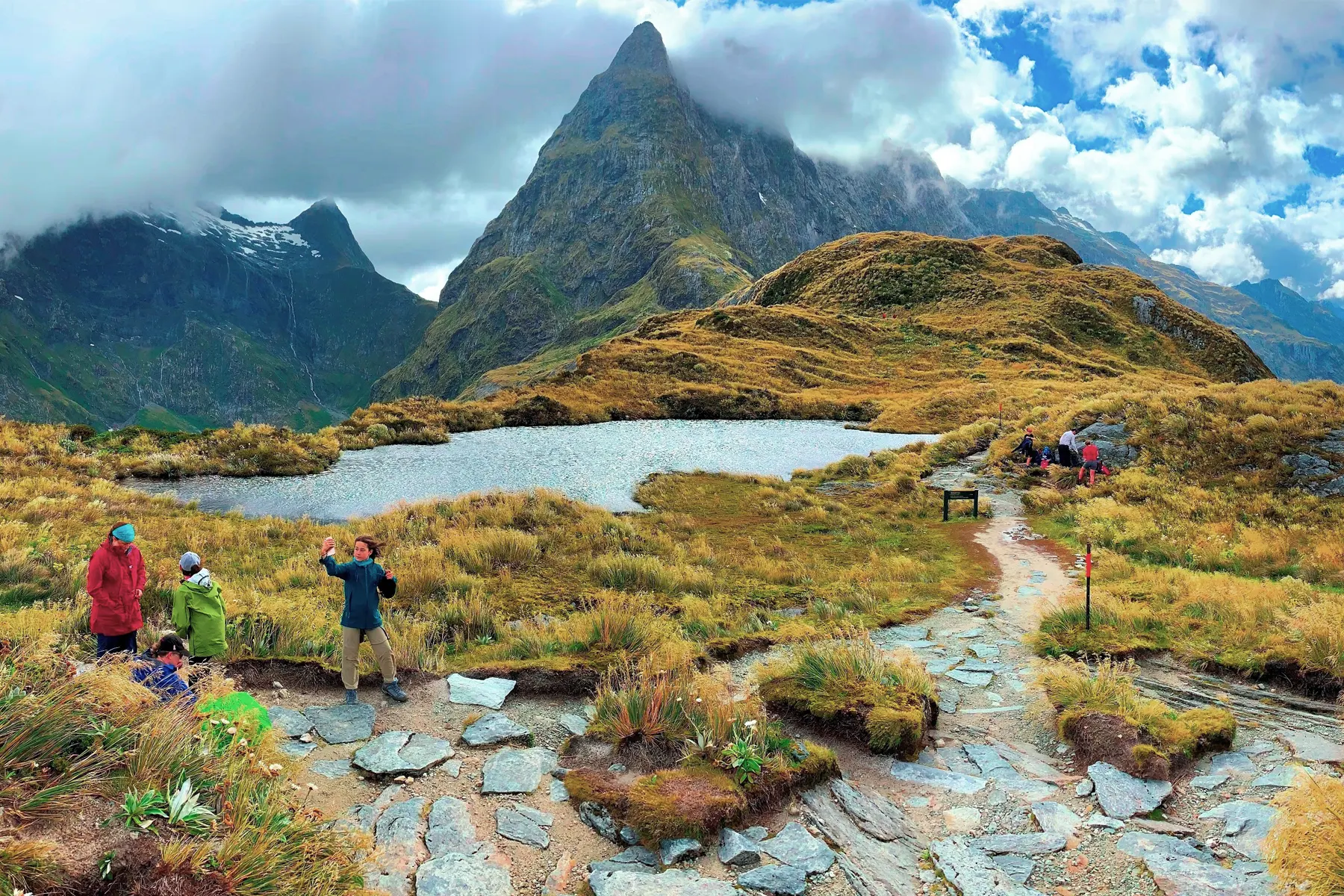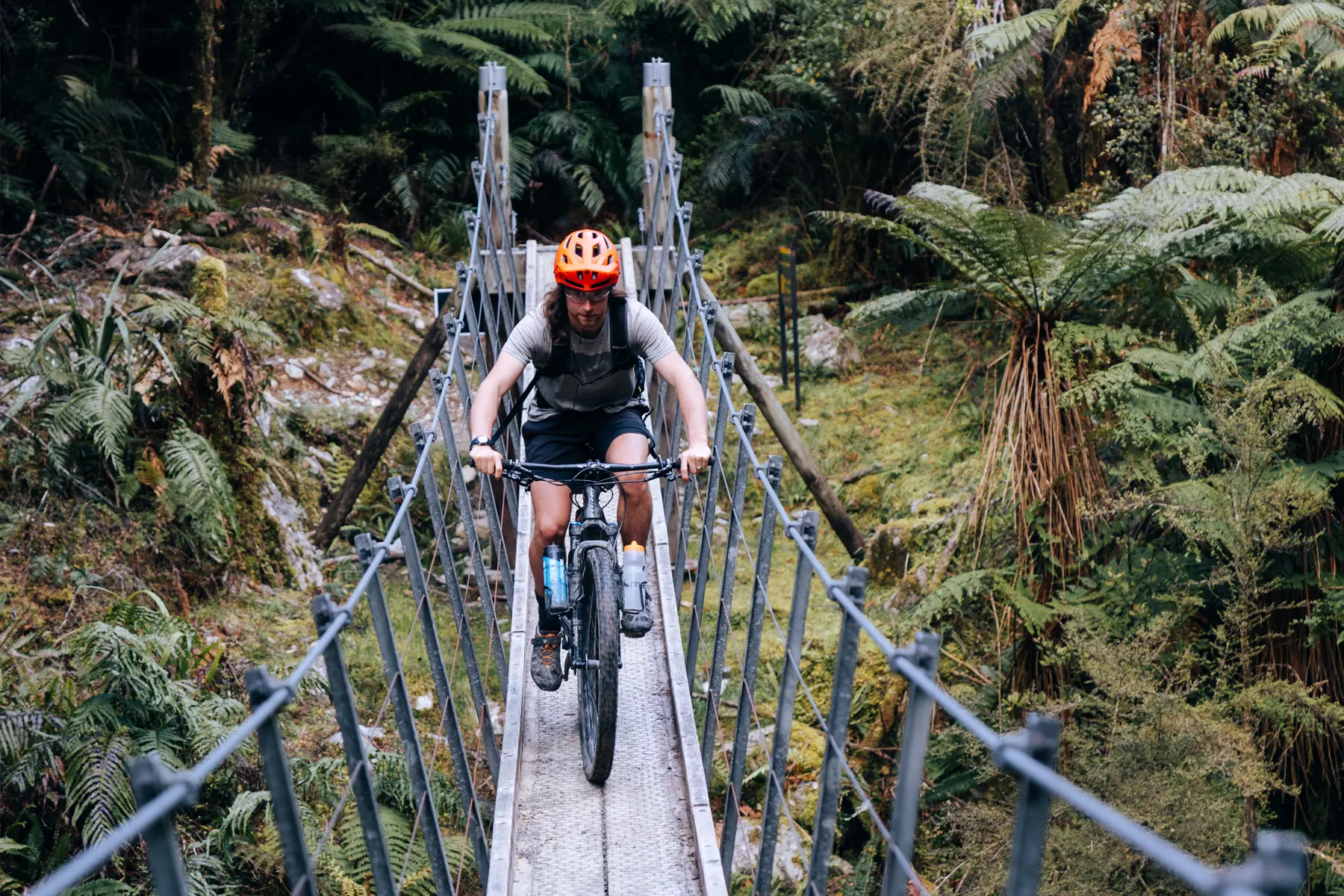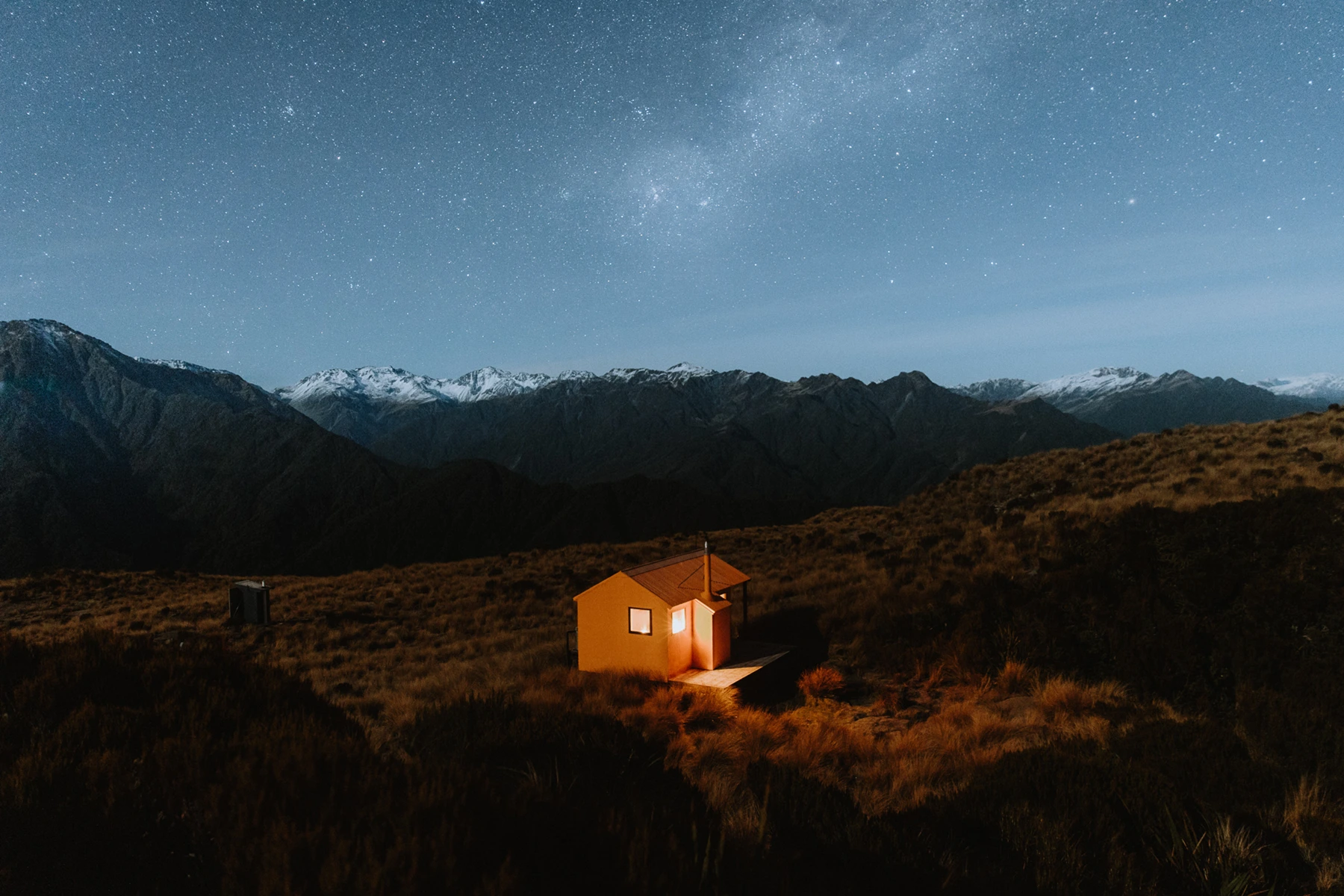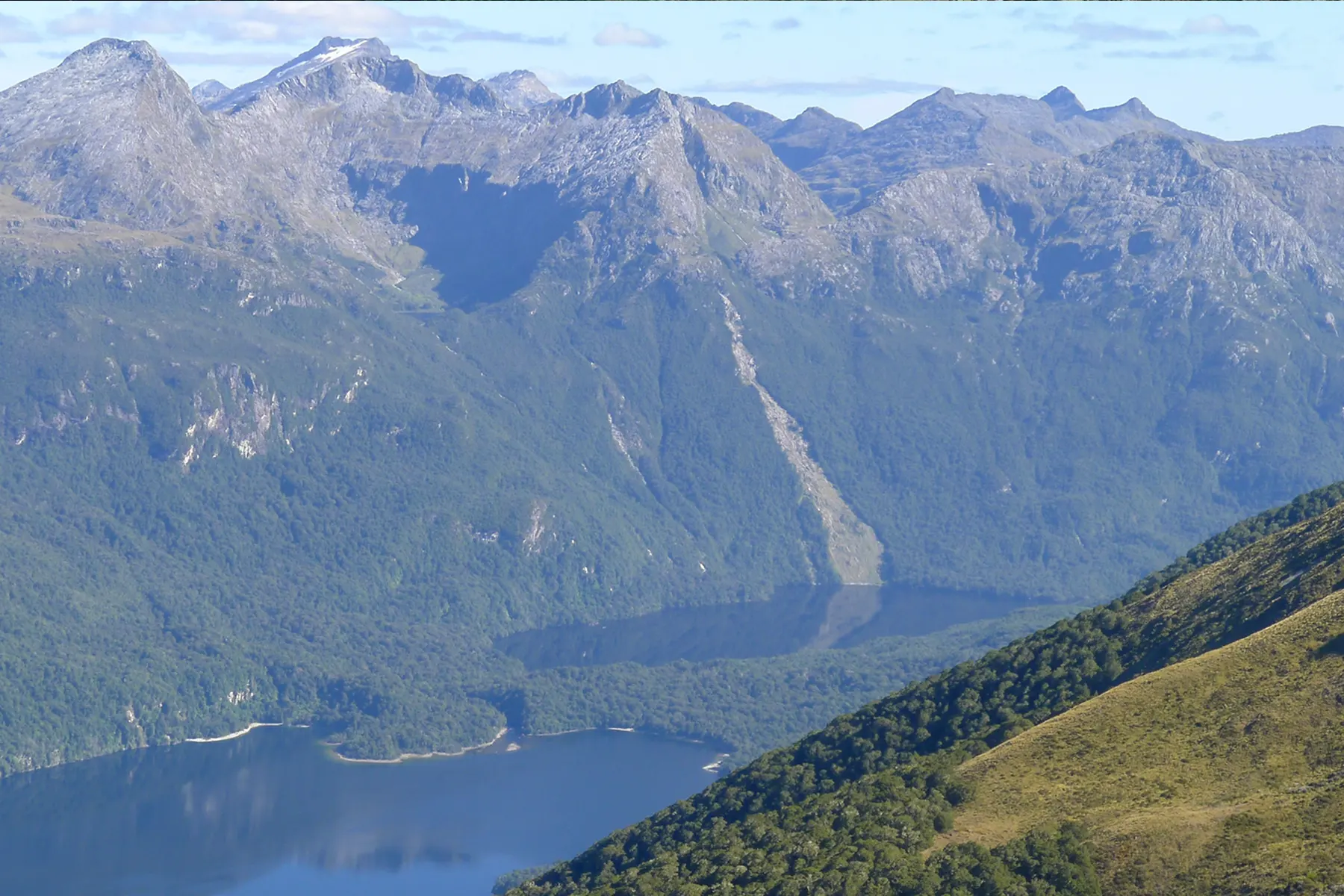Rehydrating Freeze Dried Food
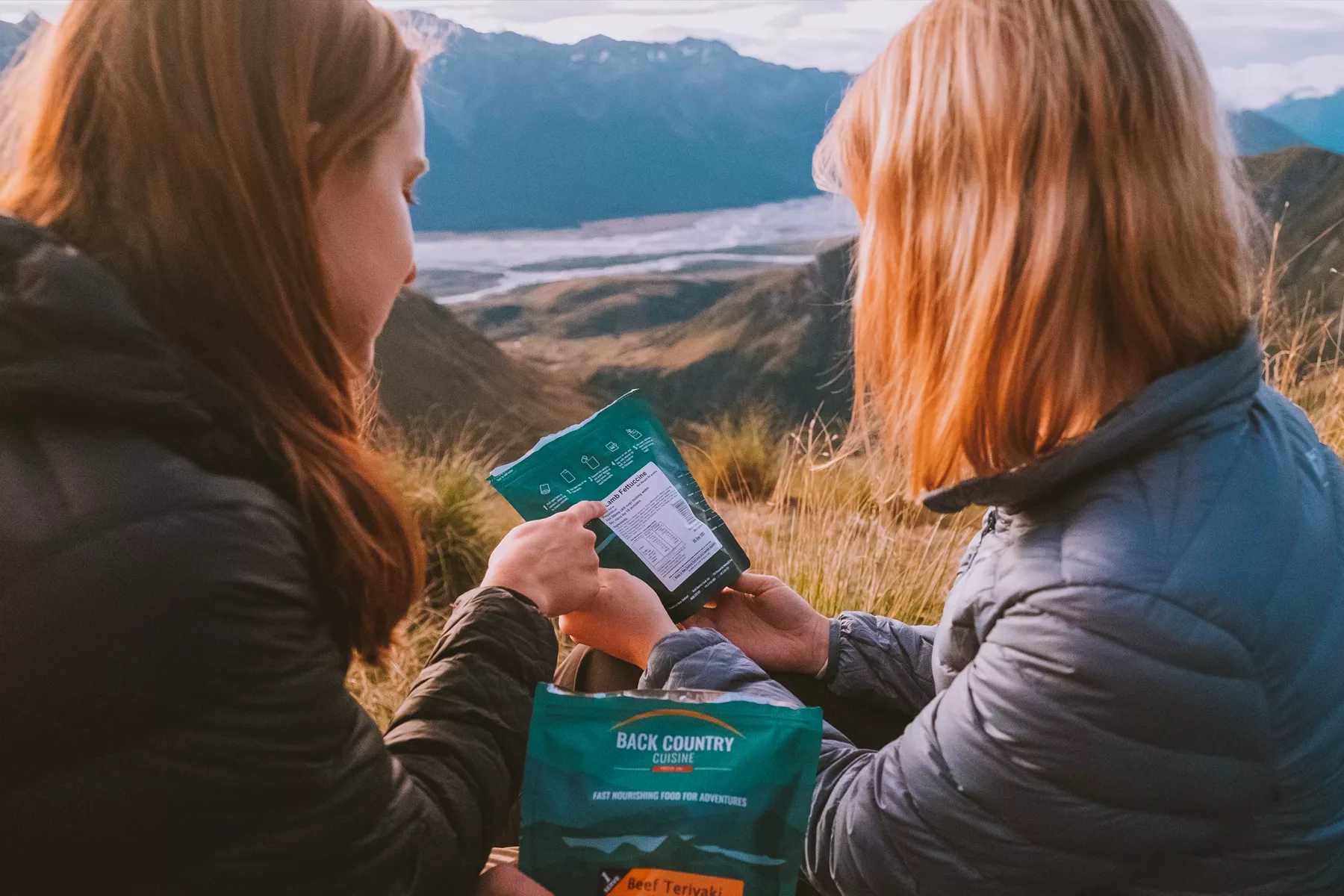
In New Zealand, we don’t tend to worry too much about water when heading into the backcountry as it’s generally easy to find, clean and fresh. However, this isn’t the case in other countries and may change here too, with the weather becoming more extreme and the increasing spread of Giardia.
So, let’s talk about the water you need when rehydrating freeze dried food, such as Back Country Cuisine meals.
WHY BOIL WATER WHEN REHYDRATING FREEZE DRIED FOOD?
To rehydrate freeze dried food, the first thing you need is clean drinkable water.
Did you know?
- Rehydration of freeze dried meals is sped up by using boiling water and boiling water also ensures it is always safe to drink (after cooling a bit of course).
- Army’s use freeze dried food as winter rations because all the water has been removed and they won’t freeze. Also, they generally don’t use freeze dried food outside of winter in battle or on exercises if clean drinking water is in scarce supply.
- Rehydrating a Back Country Cuisine meal can take 30 – 45 minutes with cold water, but only 10 – 15 minutes with boiling water. This is because boiling water contains so much stored energy in the form of quickly moving water molecules, which get into the freeze-dried food much quicker.

DIFFERENT INTERNATIONAL CUP MEASURES
The second thing you need to rehydrate a freeze dried meal and not end up with a soupy mess is the right amount of water. Did you know that not all cups measurements are created equal? What?!
- 1 Cup in Australia & New Zealand = 250ml
- 1 Cup in Canada = 227ml
- 1 Cup in Japan = 200ml
- 1 Cup in the United Kingdom = 283ml
- 1 Cup in the United States = 240ml
To help solve this Back Country Cuisine does the following:
- Instructs you to add the minimum amount of water required to rehydrate a Back Country Cuisine freeze-dried meal and then top it up if required at the end of the rehydration period
- Provides you with three ways to make sure the right amount of water is added to the Back Country Cuisine meal:
- The amount of water is shown in millilitres.
- The amount of water is show in Australian/New Zealand cups.
- The amount of water plus the meal contents at the start of rehydration is stated as a fill line, to be matched up with the side of the pouch.
THE TOOL
The third thing you need to rehydrate freeze-dried meals in a pouch is a spoon.
For backpacking and making your Back Country Cuisine freeze-dried meal in its pouch, a long-handled spoon is the right tool for the job – no chance of puncturing the pouch and long enough to get to the bottom. Something like the Sea to Summit Alpha Light Long Spoon is perfect for this.
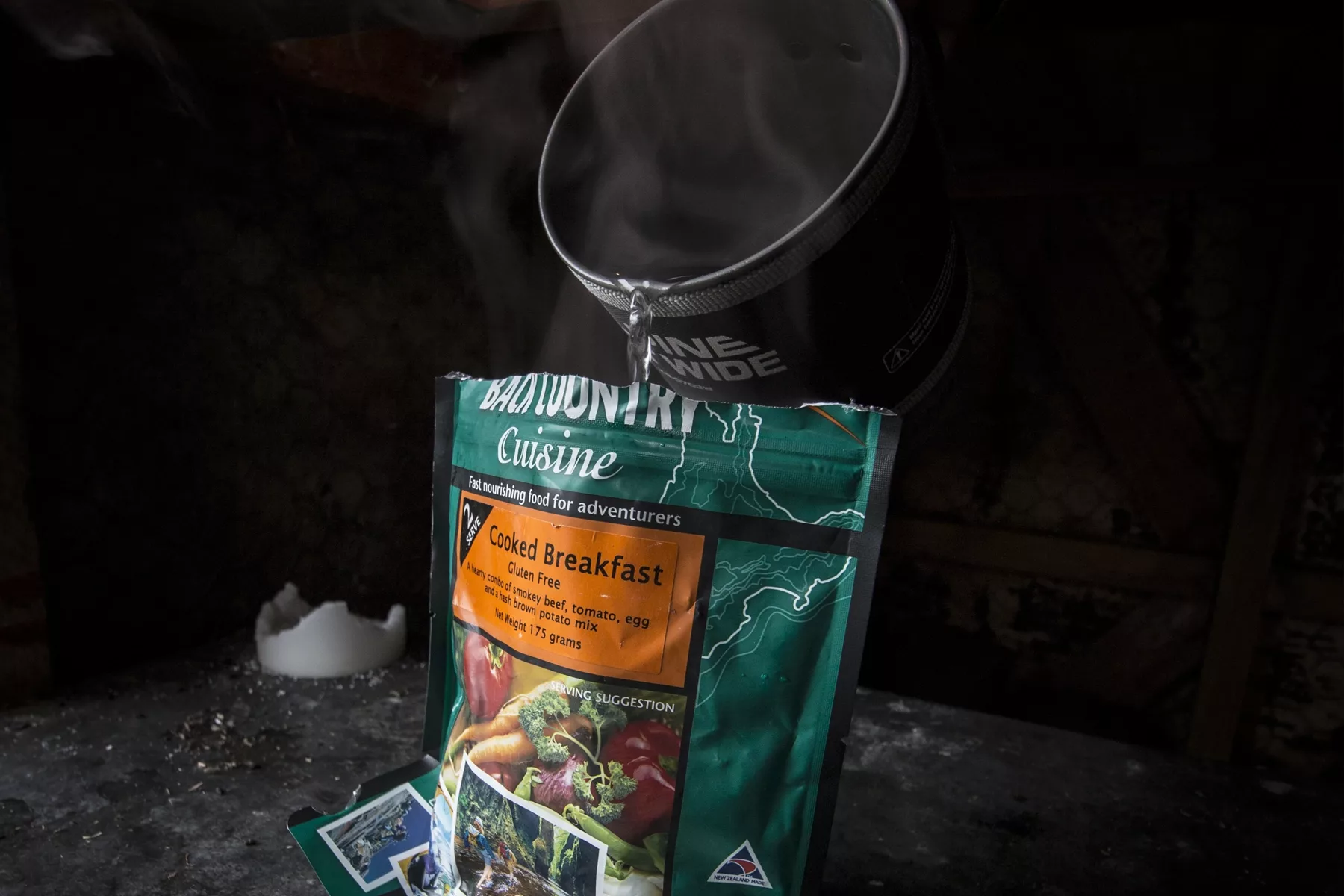
HOW TO REHYDRATE YOUR FREEZE DRIED MEAL
Now we know about the water and spoons, here’s how to make your Back Country Cuisine meal:
- Pull apart the corners of the bag at the bottom to flatten it and make stirring the meal easier
- Tear the top section off the pouch and remove any sachets inside,
- Reseal the bag using the built-in zip lock
- Give the bag a quick shake to separate the dry ingredients,
- Measure out the boiling water required using any of the three methods mentioned previously
- Pour the hot water into the bag and mix it through the meal well with your spoon.
- Squeeze the air out of the bag and reseal it,
- After 10 to 15 minutes, open the bag and stir the meal again with your spoon and add a little more hot water if needed.
Now you’re ready to eat the perfect Back Country Cuisine meal. Enjoy!
YOU CAN GO YOUR OWN WAY
For alternative methods, check out our blog, “How Do You Back Country?” – Back Country Cuisine meals are made with simplicity and convenience in mind, and if you have your staple of favourite dishes then it’s reassuring to know you’ll be getting the same meal each and every time you pack for a trip. The meals might be always reliable but we humans are weird and wonderful creatures and we always try to find a way to put our personal and creative touch on even the most straightforward things - and for some, preparing and consuming a Back Country freeze dried meal is no different.
OUR POUCHES ARE RECYCLABLE
We’re very happy to have found a way for our existing Back Country Cuisine pouches to be recycled as they work so well at keeping our meals food safe. For a long time, our desire to reduce the environmental impact of our pouches was at odds with the food safety and longevity of our Back Country Cuisine meals. This scheme solves that problem by enabling us to keep using our existing pouches that we know work really well.
How to recycle Back Country Cuisine pouches in New Zealand:
- Be a tidy Kiwi and pack your used Back Country Cuisine pouches out of the bush.
- When you get home wash and dry your pouches as part of doing the dishes.
- Drop your clean and dry Back Country Cuisine pouches into the Love NZ Soft Plastics Recycling bins.
Find your nearest soft plastics recycling bin here
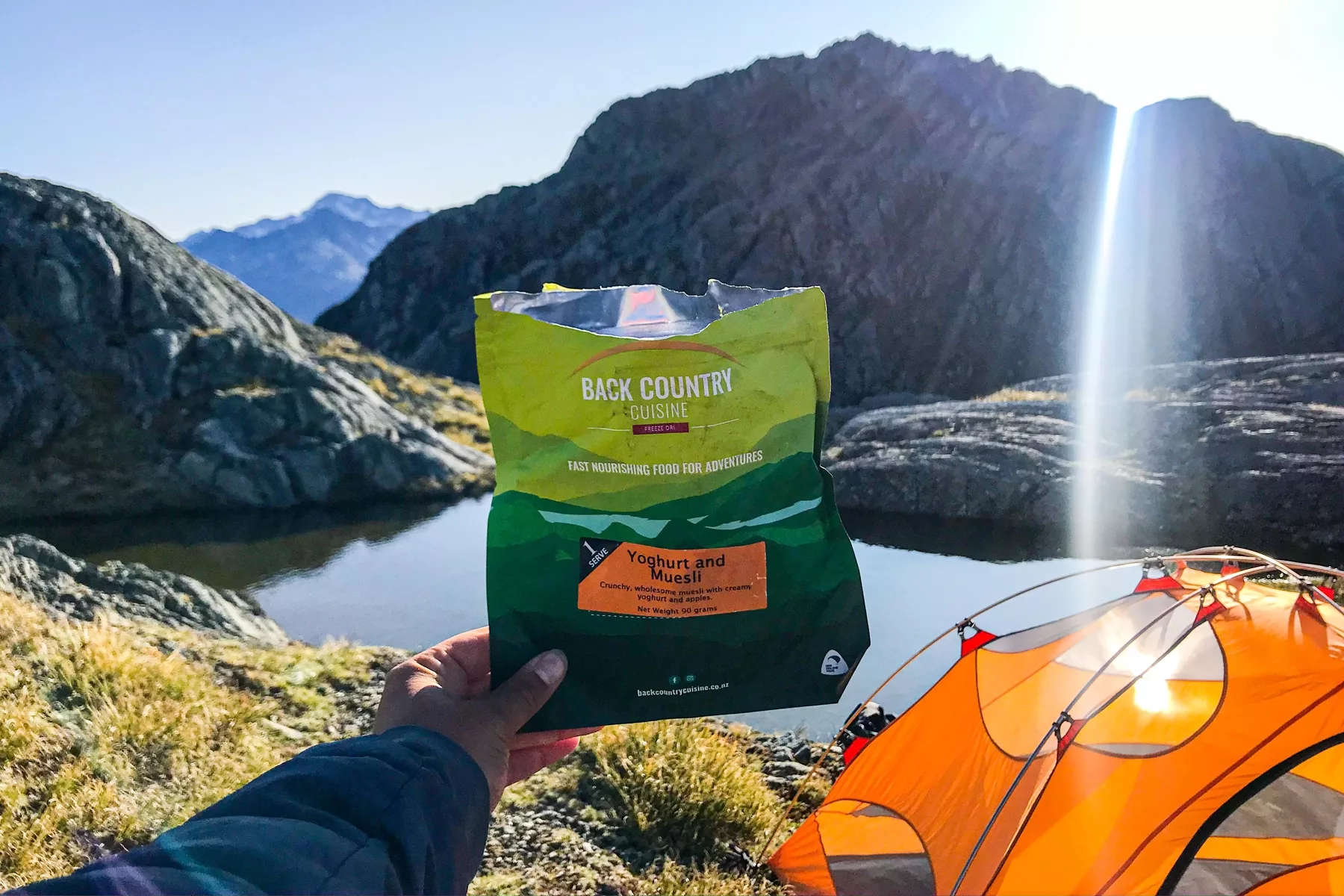
IN SUMMARY
So to wrap things up – Back Country Cuisine + the right amount of clean water + a spoon = a yummy meal!
- Be aware of what you’re using to measure water with.
- Boiling water is 3x quicker than cold to rehydrate a meal.
- Don’t add more than the recommended amount of water at the start. You can always add a bit more later if the meal is a little drier than you’d like.
- Give the bag a quick shake to separate the ingredients before starting to prepare the meal.
- Don’t forget to pull apart the corners of the bag at the bottom to flatten it, making stirring the meal easier and ensuring you get all the good bits hiding in the corners!
- For backpacking a long handle spoon is perfect for the job of stirring the meal.
- If you’re travelling light or just want to avoid doing dishes you can use your long-handled spoon to eat straight from the bag. Another option is to put the meal onto a plate. The advantage with these options is you can use the bag as a resealable rubbish bag.
- Drop your clean and dry Back Country Cuisine pouches into the Love NZ Soft Plastics Recycling bins
To keep up to date with our latest blog sign up to our newsletter.

